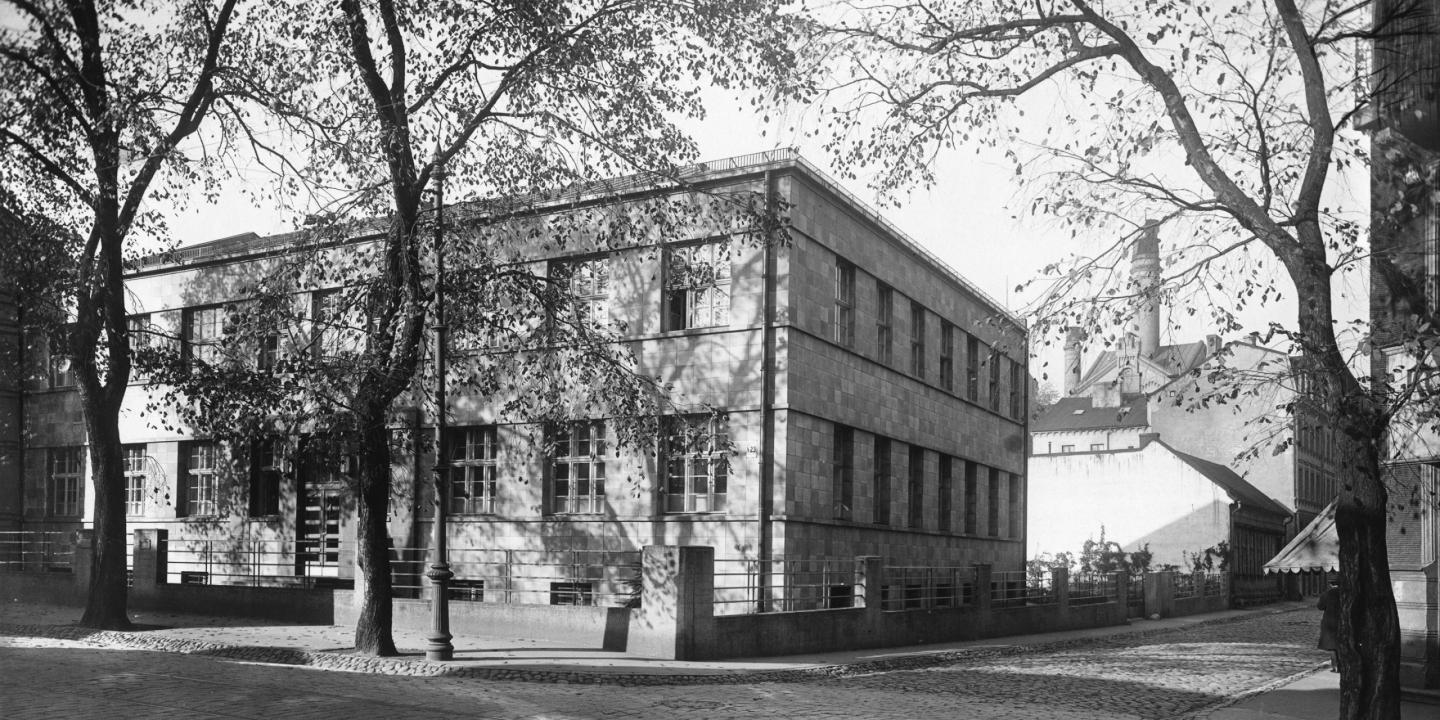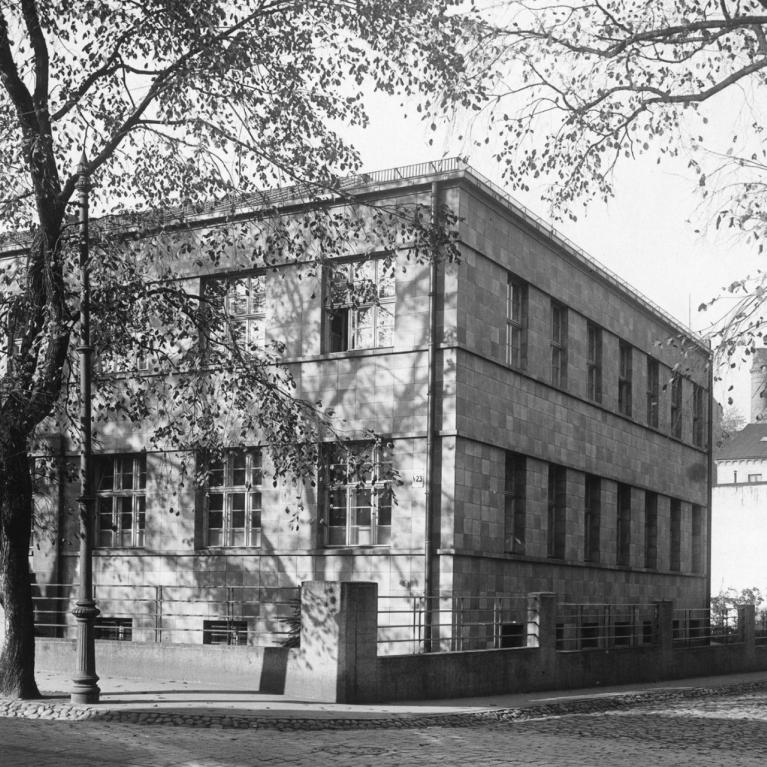13.09.2025. - 23.11.2025.
Museum of Decorative Arts and Design
Courage and Care. Architecture and Design: The Roche Vision
From 13 September to 23 November 2025, the Museum of Decorative Arts and Design in Riga (Skārņu iela 10) invites to visit the exhibition Courage and Care. Architecture and Design: The Roche Vision, which reveals the Swiss pharmaceutical company’s progressive approach to architecture and graphic design highlighting the shared scientific and cultural values between Switzerland and Latvia.
The aim of the exposition is to tell the contemporary viewer how the bold thinking, tolerance and care of the company’s management were directed both towards the development of pharmaceutical science and the creation of its own visual identity – accurate and high-quality. The best professionals were invited to work; architects and graphic designers were given creative freedom and the opportunity to experiment, thus creating a new functional architecture and an unusually diverse graphic design language that corresponded to the specifics of the industry, which, in parallel with scientific discoveries in the 20th century, laid the foundations for Roche’s corporate image.
Roche was founded in 1896 in Basel, Switzerland, by the experienced entrepreneur Fritz Hoffmann-La Roche, with representative offices in Italy and Germany. The First World War and the Russian Revolution had a significant impact on the company’s operations, and due to financial difficulties, it was restructured into a joint-stock company. In 1920, leadership was assumed by Emil Christoph Barell, who drove progress and the growth of modern pharmaceuticals. From its very beginnings, the company was cosmopolitan, offering equal opportunities to women. Barell placed strong emphasis on architecture, graphic design and international marketing, he also initiated the commissioning of artworks for Roche buildings.
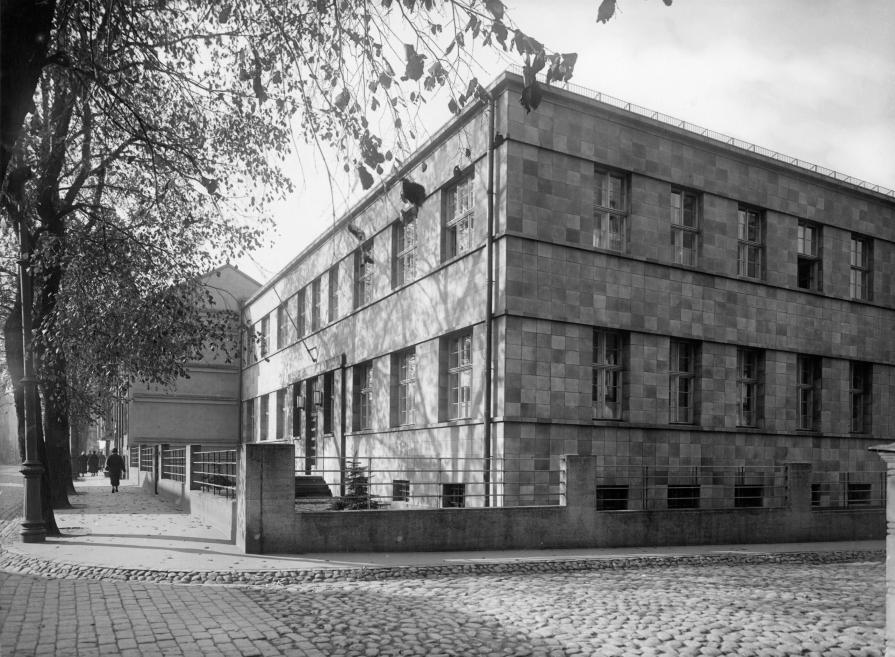
Aleksandrs Klinklāvs. Roche Riga branch (1933). Building facade facing the Palīdzības Street. Photo: Roberts Johansons, 1935. Paper, gelatin silver print. Roche Archives, Basel, Switzerland. Publicity photo
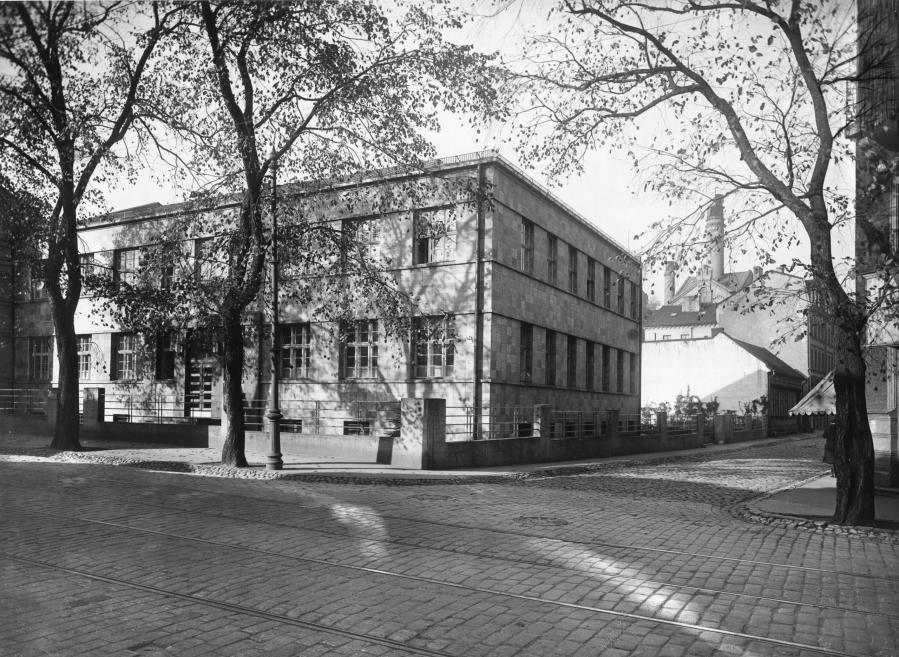
Aleksandrs Klinklāvs. Roche Riga branch (1933). Building facade facing the Miera Street. Photo: Roberts Johansons, 1935. Paper, gelatin silver print. Roche Archives, Basel, Switzerland. Publicity photo
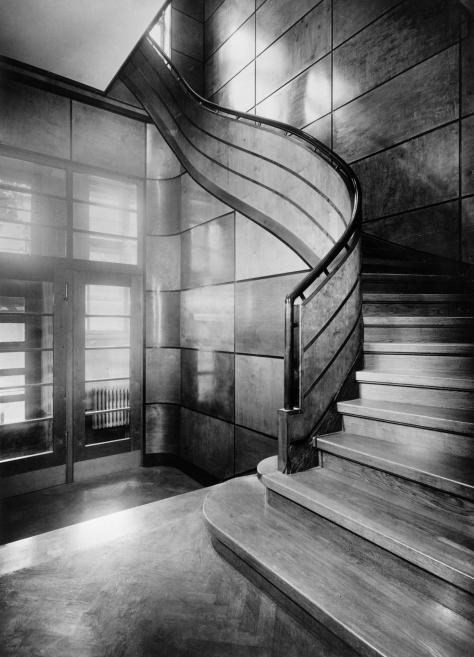
Aleksandrs Klinklāvs. Roche Riga branch (1933). Main staircase in the lobby. Photo: Roberts Johansons, 1935. Paper, gelatin silver print. Roche Archives, Basel, Switzerland. Publicity photo
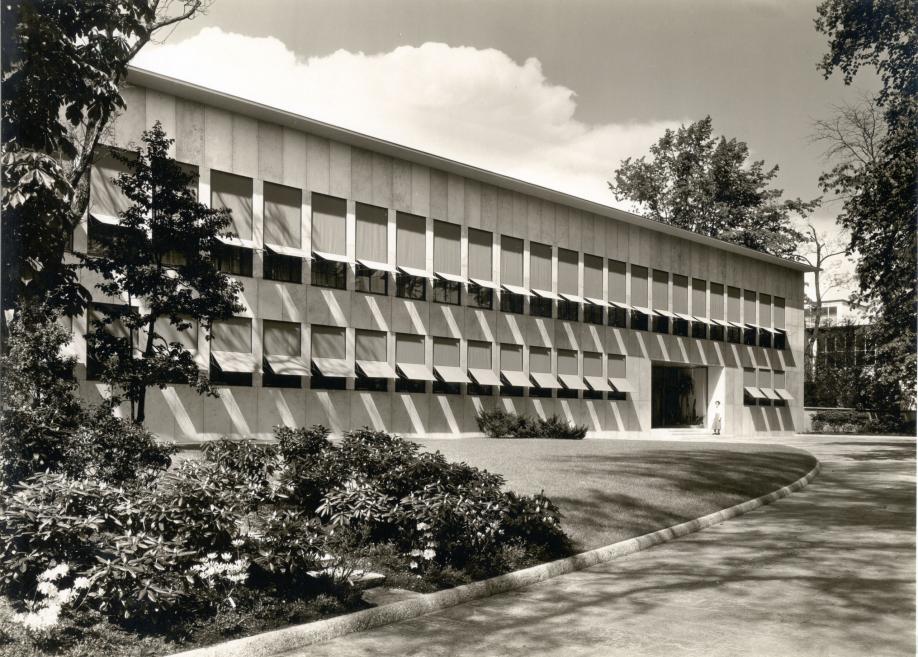
Otto Rudolf Salvisberg. Roche administration building (Bldg 21, 1936) in Basel. Facade facing the Rhine with special sunshades. Photo: Robert Spreng. Roche Archives, Basel, Switzerland. Publicity photo
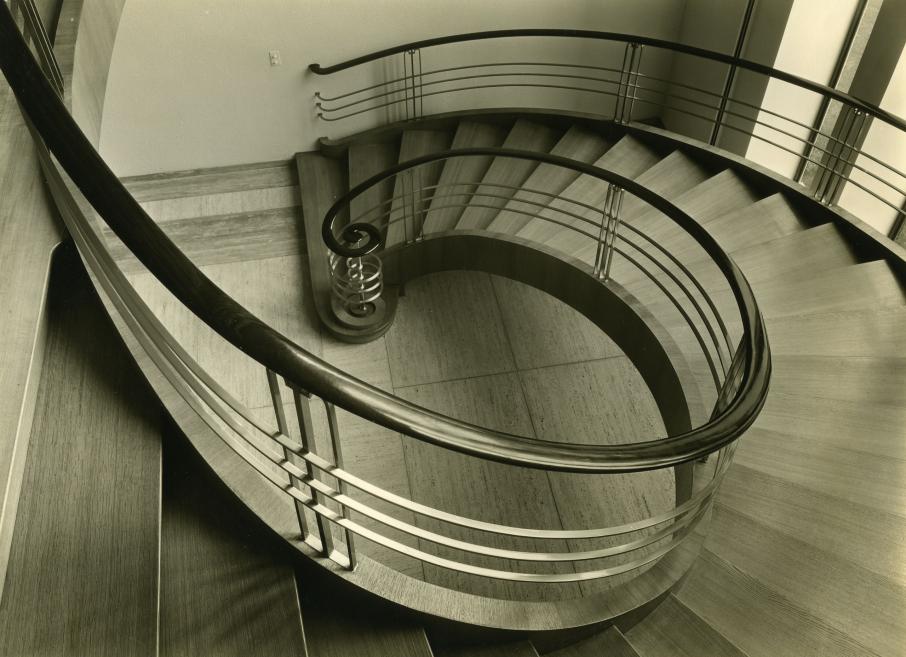
Otto Rudolf Salvisberg. Roche administration building (Bldg 21, 1936) in Basel. Executive section of the building. Top-down view of the central oak staircase. Photo: Robert Spreng. Roche Archives, Basel, Switzerland. Publicity photo
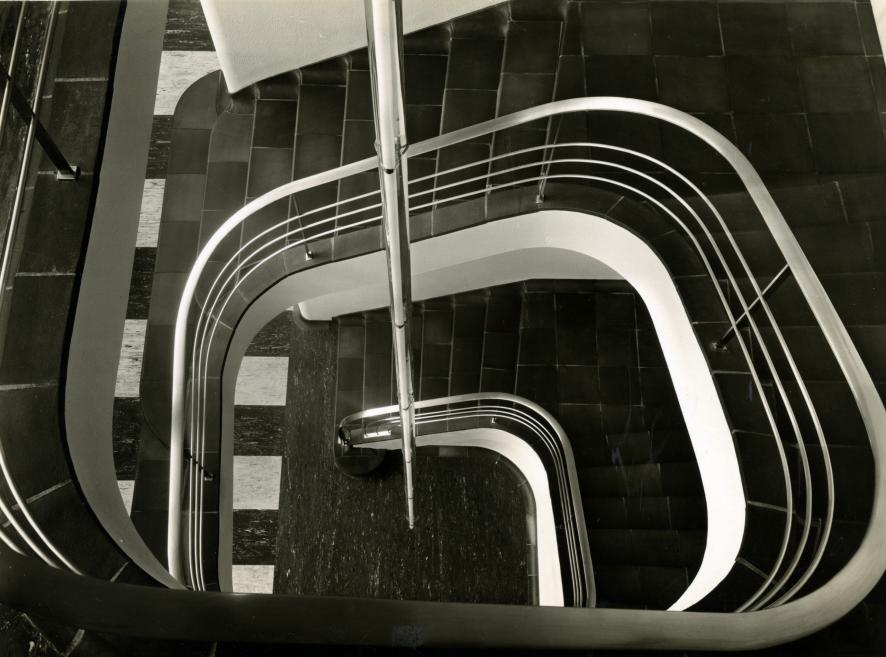
Otto Rudolf Salvisberg. Roche administration building (Bldg 21, 1936) in Basel. Employee section of the building. Top-down view of the staircase with tube-shaped light fixture. Photo: Robert Spreng. Roche Archives, Basel, Switzerland. Publicity photo
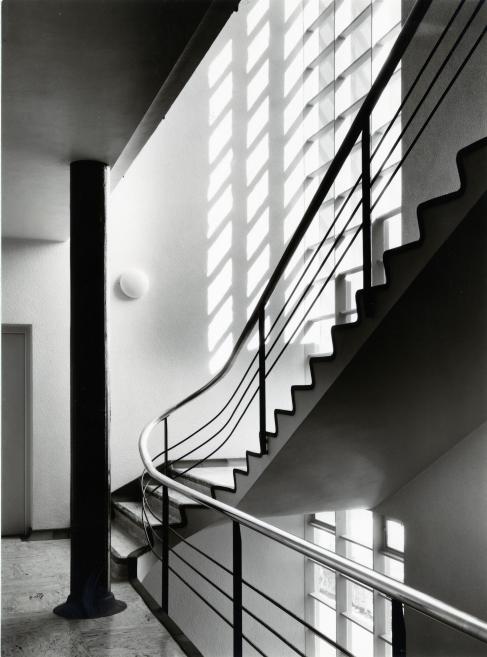
Otto Rudolf Salvisberg. Roche pharmaceutical building (Bldg 27, 1938) in Basel. Staircase. Photo: Robert Spreng. Roche Archives, Basel, Switzerland. Publicity photo
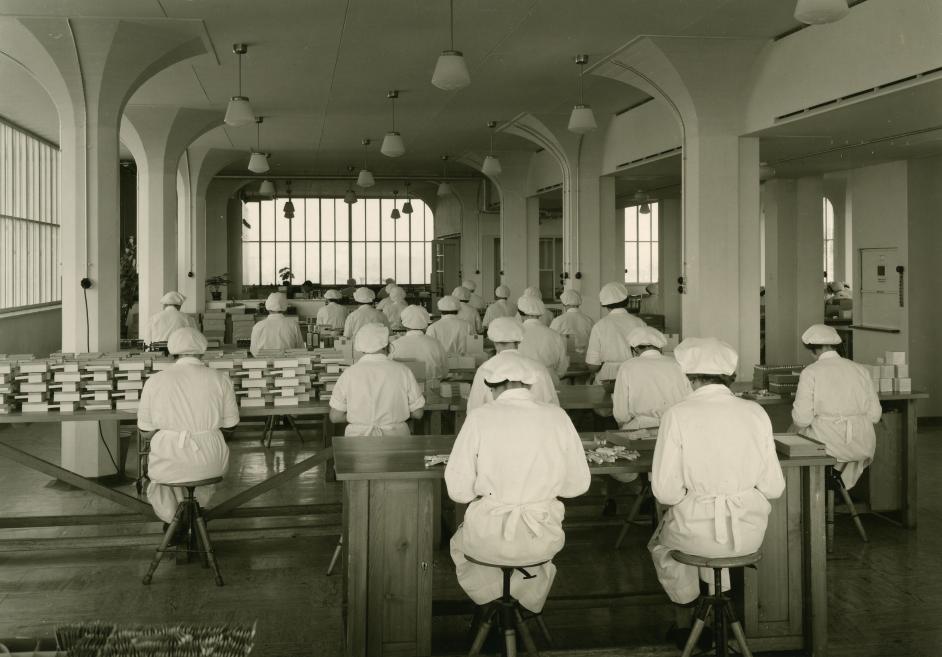
Otto Rudolf Salvisberg. Roche pharmaceutical building (Bldg 27, 1938) in Basel. Production hall with the legendary mushroom-shaped columns. Photo: Robert Spreng. Roche Archives, Basel, Switzerland. Publicity photo
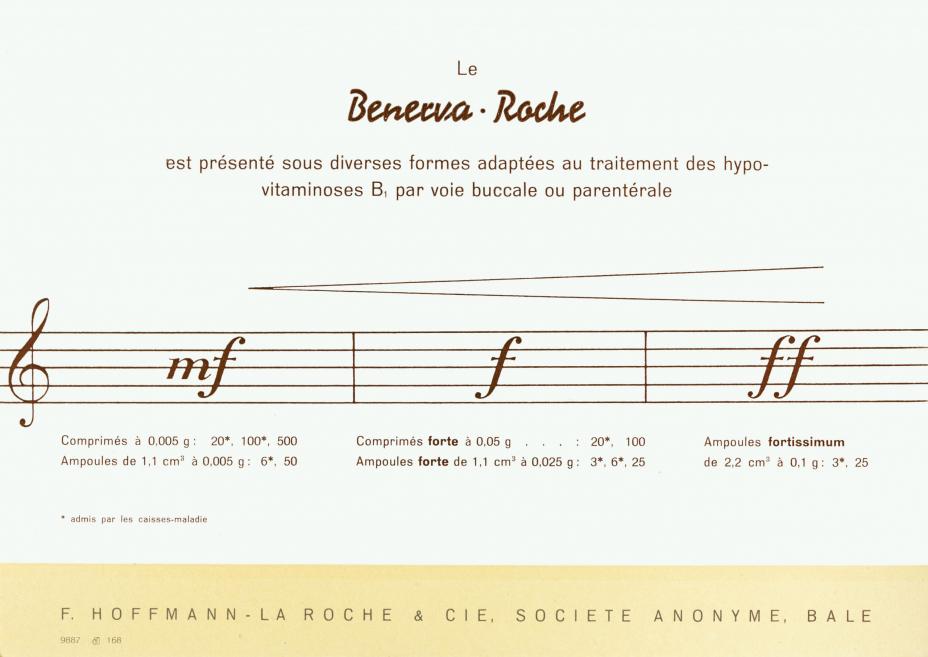
Roche Graphic Design Department. Benerva. Est présenté sous diverses formes adaptées au traitement de hypo-vitaminoses B1 par voie buccale ou parentérale [Presented in various forms suitable for treating B1 hypovitaminosis via oral or parenteral administration]. 1930s–1940s. Paper, offset print. Roche Archives, Basel, Switzerland. Publicity photo
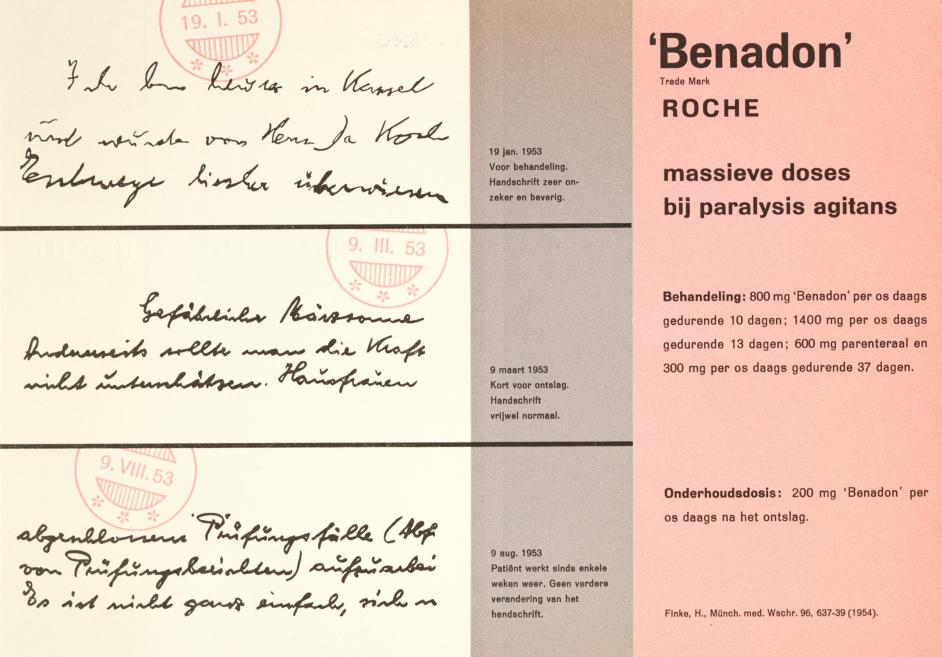
Roche Graphics Department. Benadon. Massieve doses bij paralysis agitans [Large doses cause agitation]. 1954. Paper, offset print. Roche Archives, Basel, Switzerland. Publicity photo
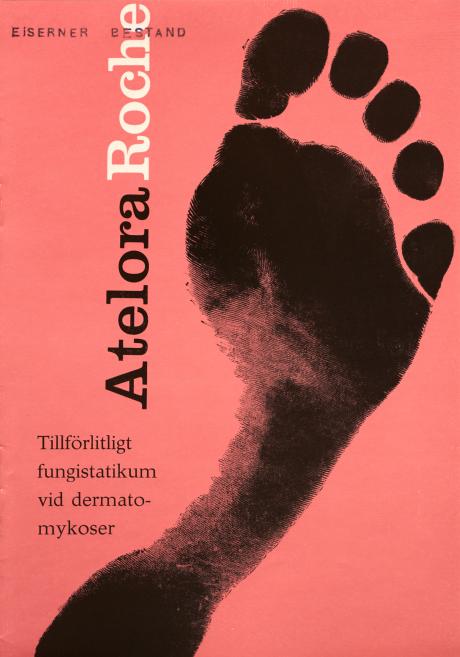
Roche Graphic Design Department. Atelora. Denmark.1960s. Paper, offset print. Roche Archives, Basel, Switzerland. Publicity photo
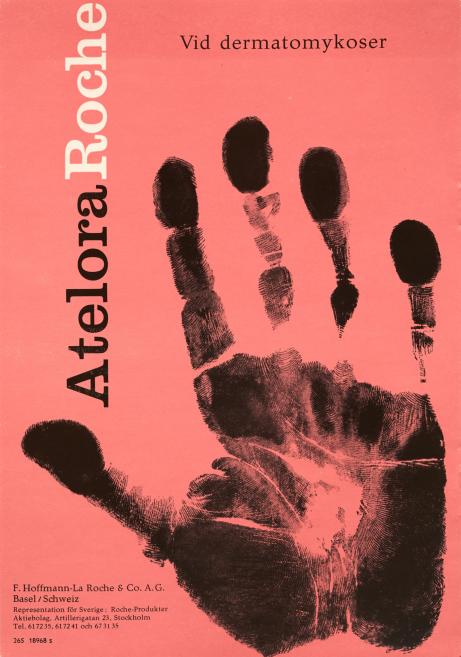
Roche Graphic Design Department. Atelora. Denmark.1960s. Paper, offset print. Roche Archives, Basel, Switzerland. Publicity photo
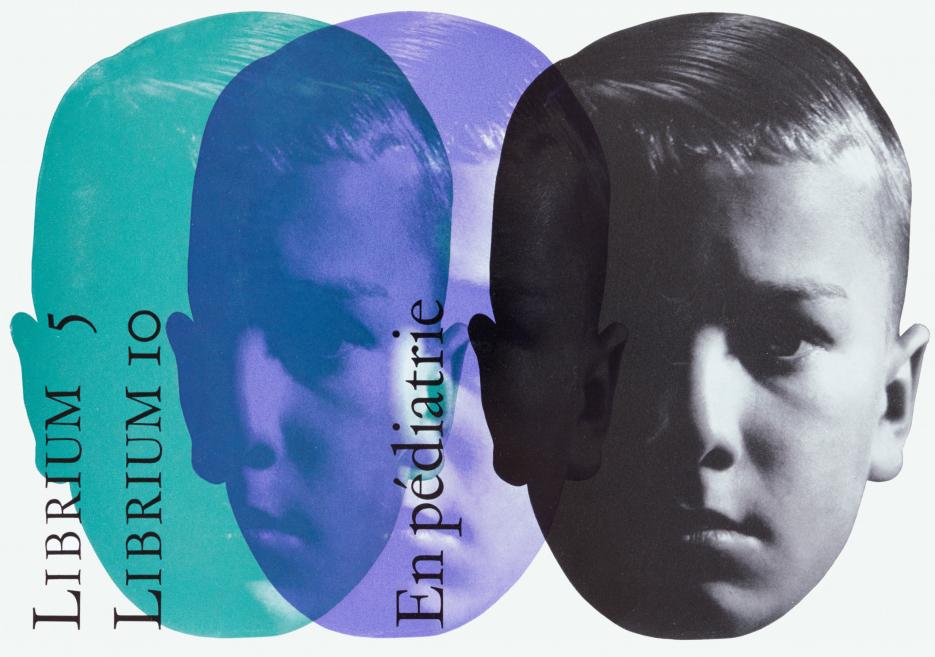
Roche Graphic Design Department. Librium 5, Librium 10. En pédiatrie [In pediatrics]. 1961. Paper, offset print. Roche Archives, Basel, Switzerland. Publicity photo
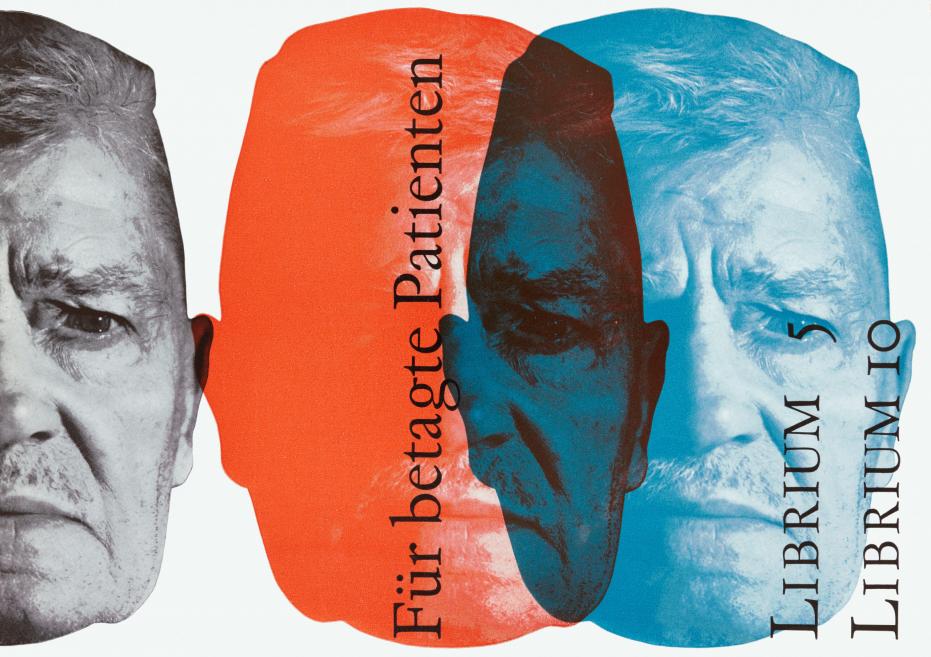
Roche Graphic Design Department. Librium 5, Librium 10. Für betagte Patienten [For elderly patients]. 1961. Paper, offset print. Roche Archives, Basel, Switzerland. Publicity photo
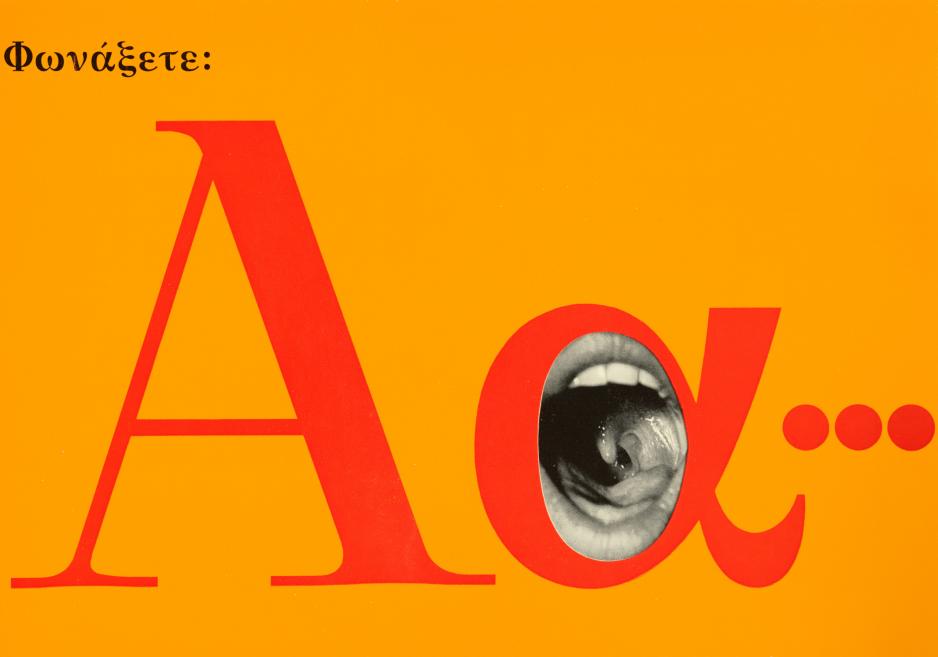
Roche Graphic Design Department. Arovit. 1964. Paper, offset print. Roche Archives, Basel, Switzerland. Publicity photo
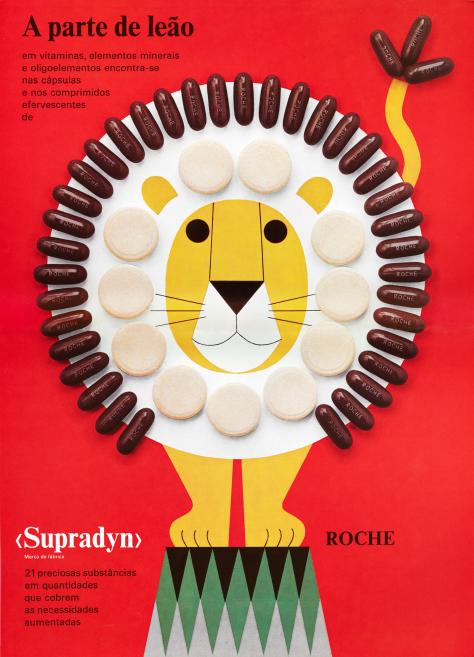
Roche Graphic Design Department. Supradyn. A parte de leão [The lion’s share]. 1967. Paper, offset print. Roche Archives, Basel, Switzerland. Publicity photo

Roche Graphic Design Department. Librium (in Arabic). Undated. Paper, offset print. Roche Archives, Basel, Switzerland. Publicity photo
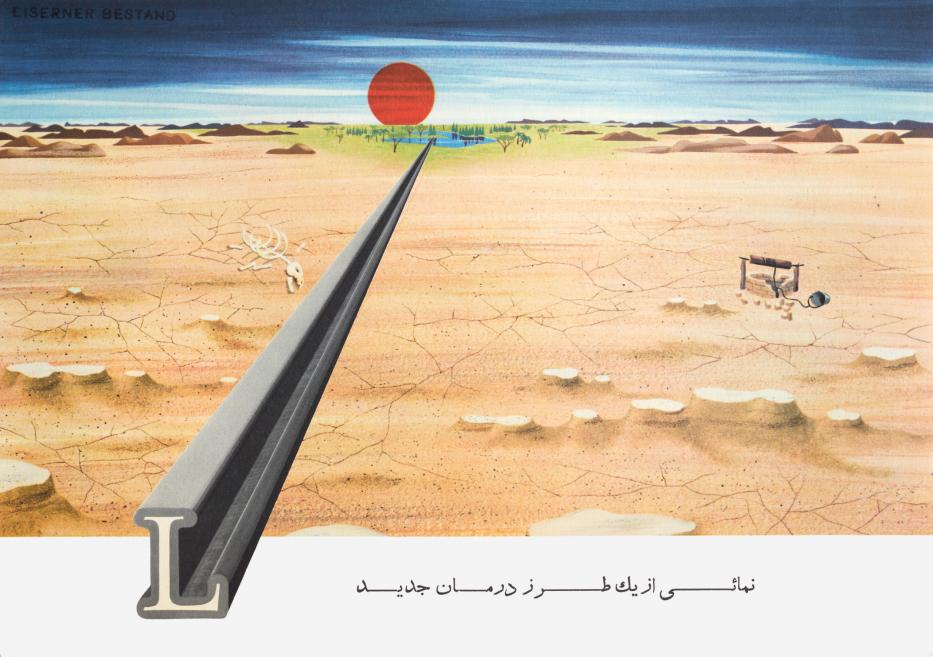
Roche Graphic Design Department. Librium (in Arabic). Undated. Paper, offset print. Roche Archives, Basel, Switzerland. Publicity photo
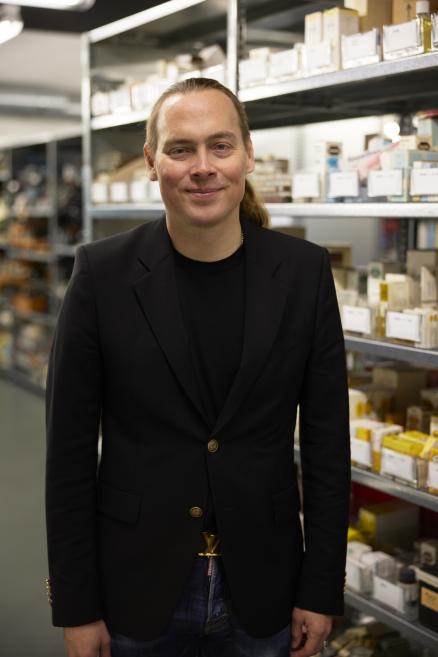
Alexander L. Bieri, representative of the Swiss company Roche, Curator of the Historical Collection and Archive in Basel. Publicity photo
The start of Roche’s operations in Latvia is linked to Joseph Aronstamm, who was born in Liepāja and went on to establish a successful trading network in Russia. After the October Revolution of 1917, he returned to Latvia and founded a Roche agency. In 1931, plans were made to construct a Roche building in Riga to serve as the company’s hub for the Baltic and Russian regions, but these were disrupted by war and occupation. Roche resumed operations in Latvia in 1993, and in 2005 established SIA
Roche Latvija, which in 2016 reacquired the historic building at 25 Miera Street. The building was restored by SIA
Didrihsons arhitekti.
At the exhibition, the Latvian public will be able to see for the first time unique materials stored in the Roche Archives in Basel: photographs, original sketches and drawings by architects, as well as a kaleidoscopic range of printed works. The central theme of the show is the story of two architects: Latvian – Aleksandrs Klinklāvs and Swiss – Otto Rudolf Salvisberg. They were like-minded in their adherence to the Modernist principle of functionality and the concept that architecture should be tailored to a company’s specific requirements. The two architects’ contribution to modern architecture and city planning in the early 20th century has been documented by the outstanding photographers – Roberts Johansons (1877–1959, Latvia) and Robert Spreng (1890–1969, Switzerland).

Exhibition opening. Photo: Kaspars Teilāns
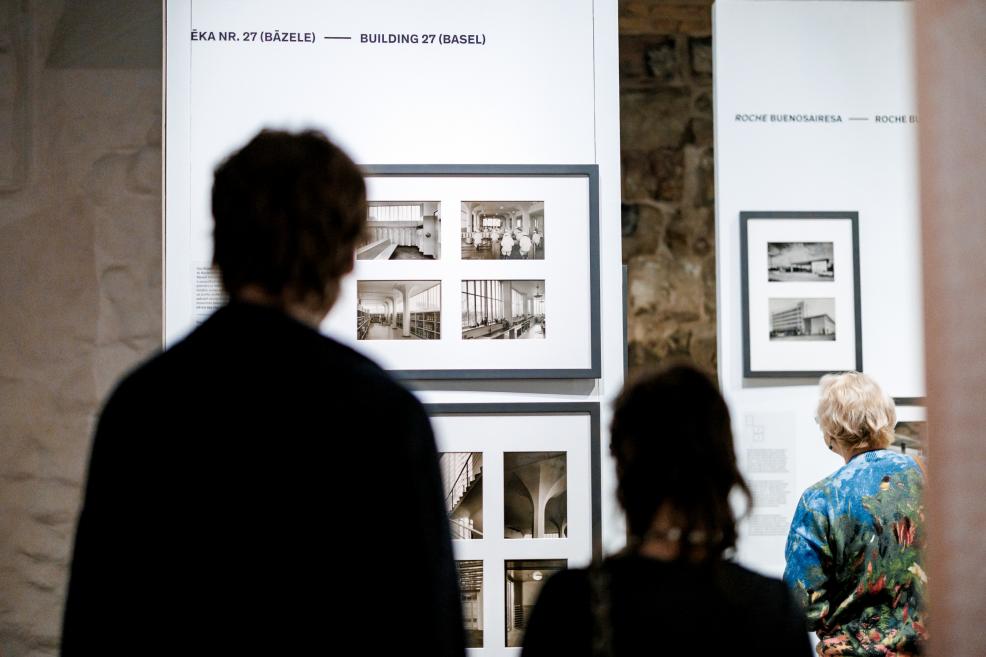
Exhibition opening. Photo: Kaspars Teilāns
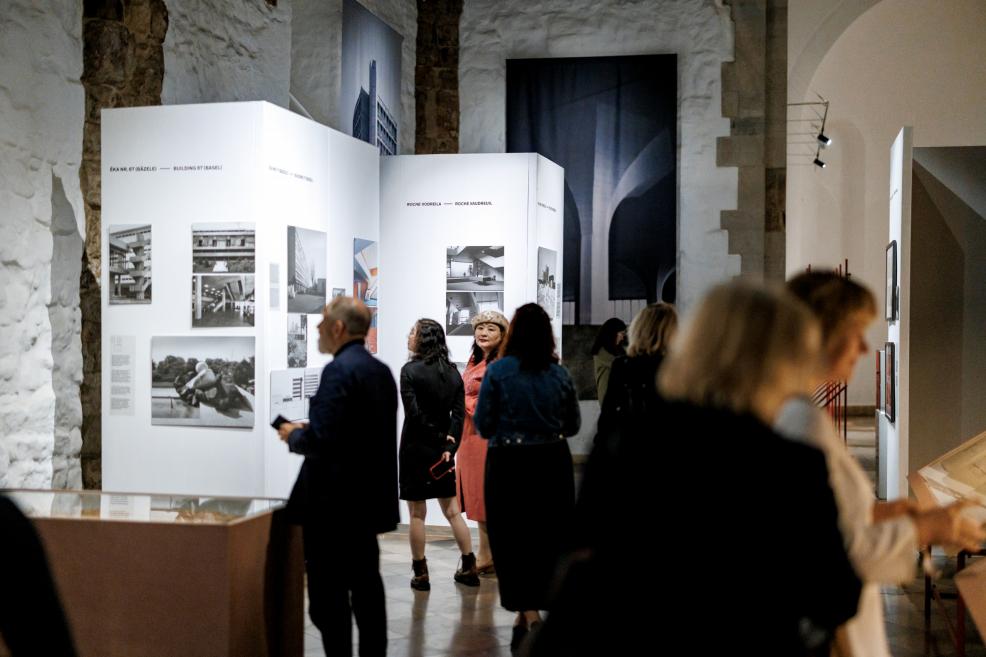
Exhibition opening. Photo: Kaspars Teilāns
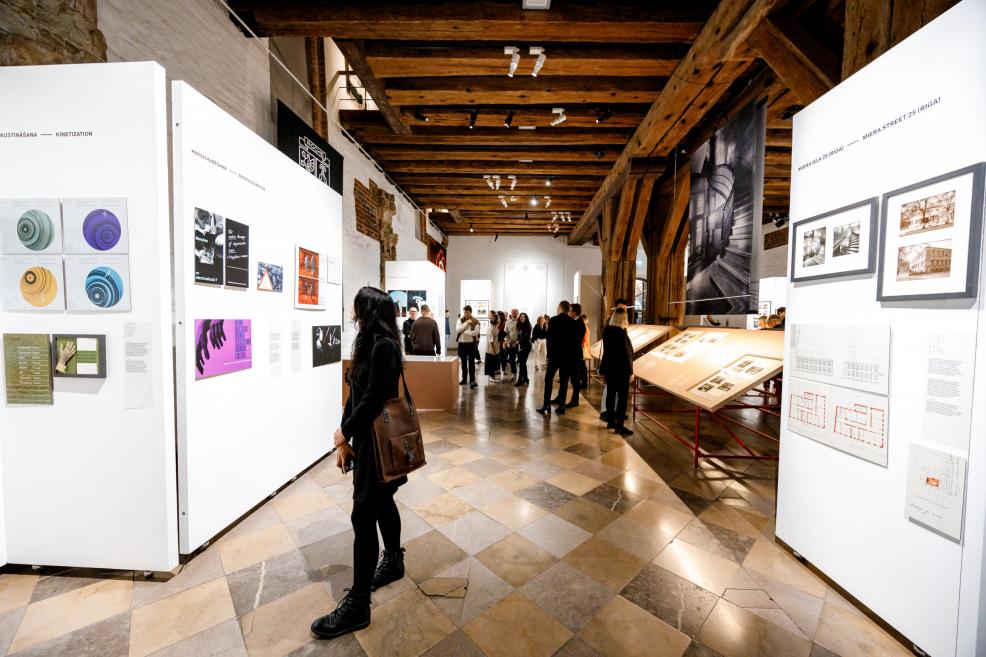
Exhibition opening. Photo: Kaspars Teilāns

Exhibition opening. Photo: Kaspars Teilāns
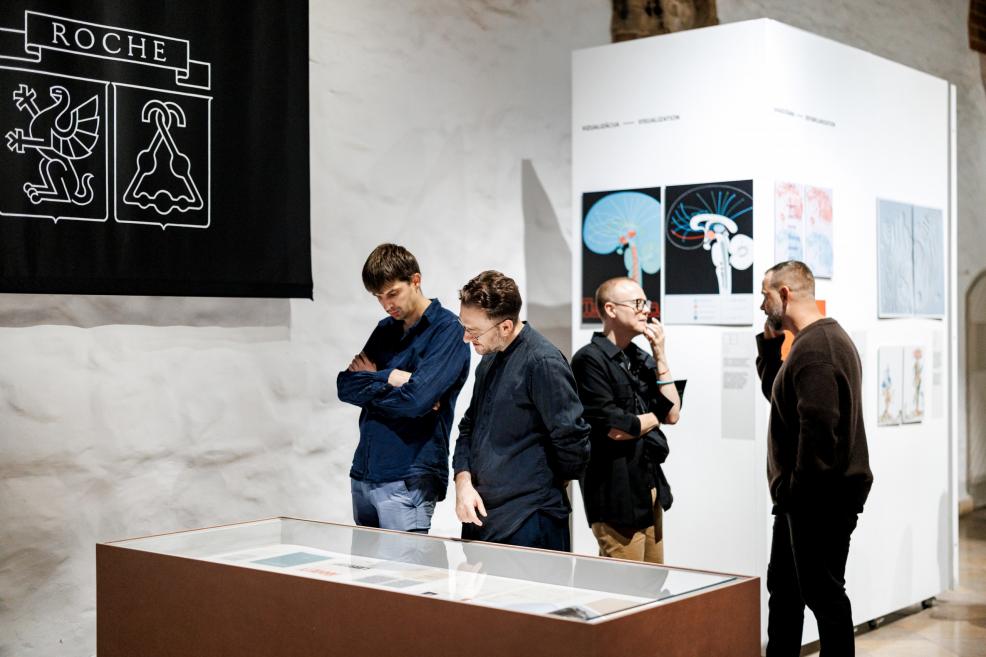
Exhibition opening. Photo: Kaspars Teilāns

Exhibition opening. Photo: Kaspars Teilāns
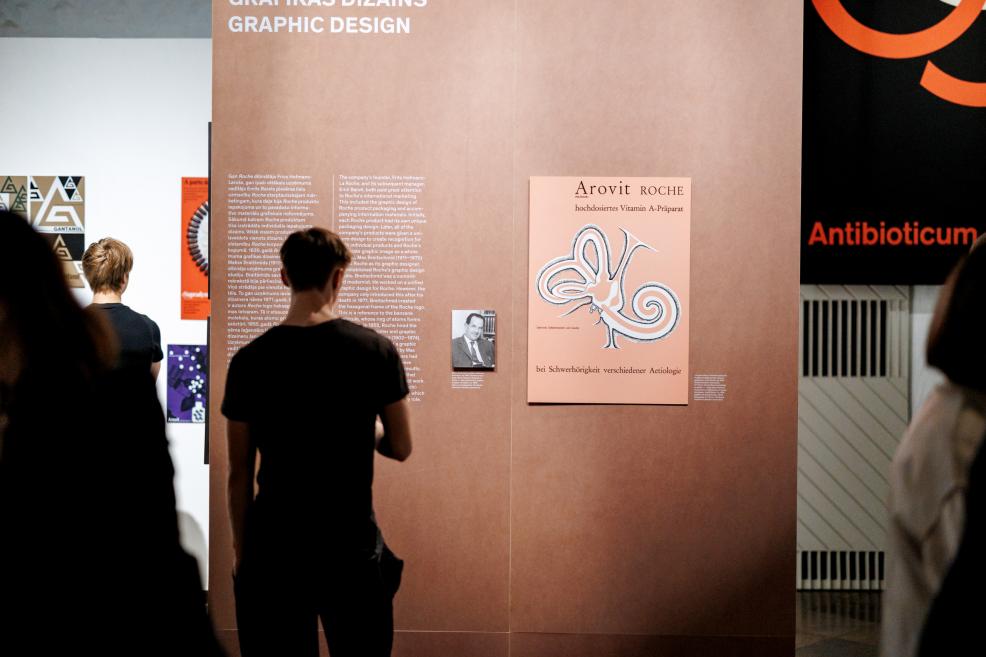
Exhibition opening. Photo: Kaspars Teilāns
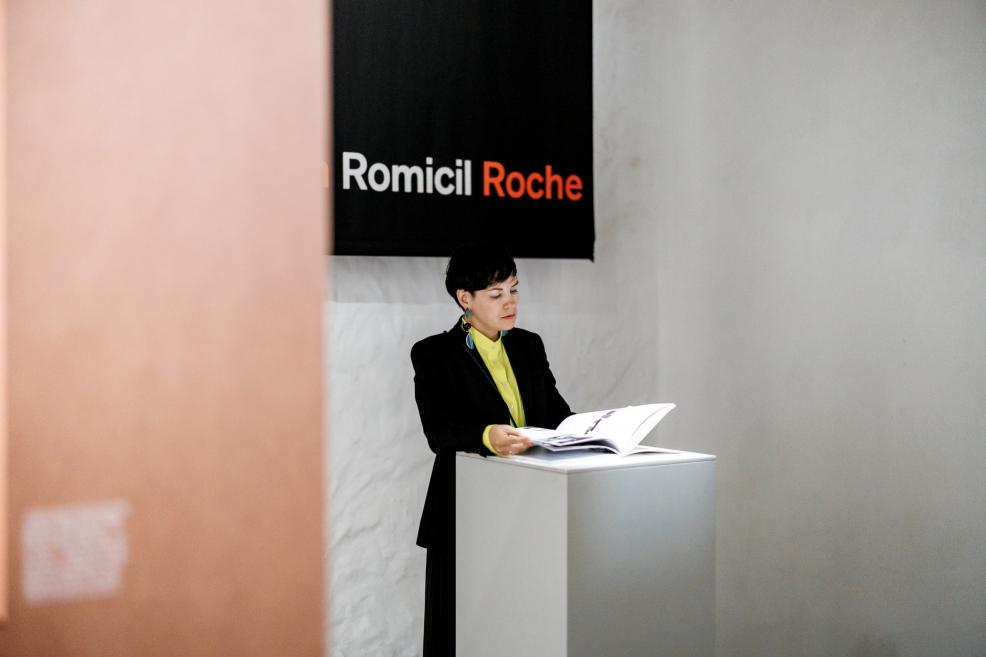
Exhibition opening. Photo: Kaspars Teilāns
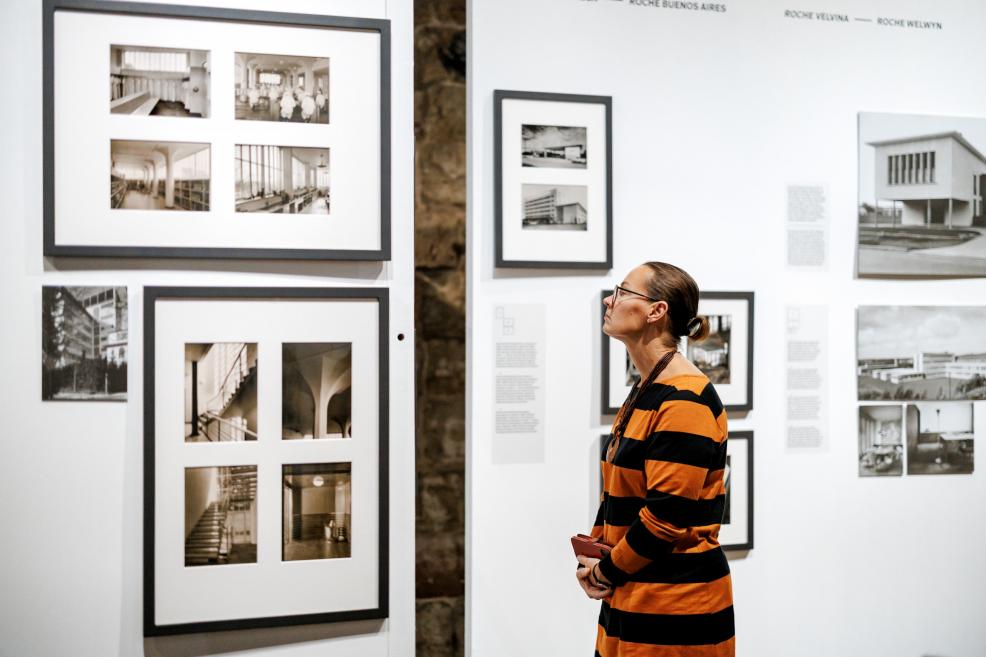
Exhibition opening. Photo: Kaspars Teilāns
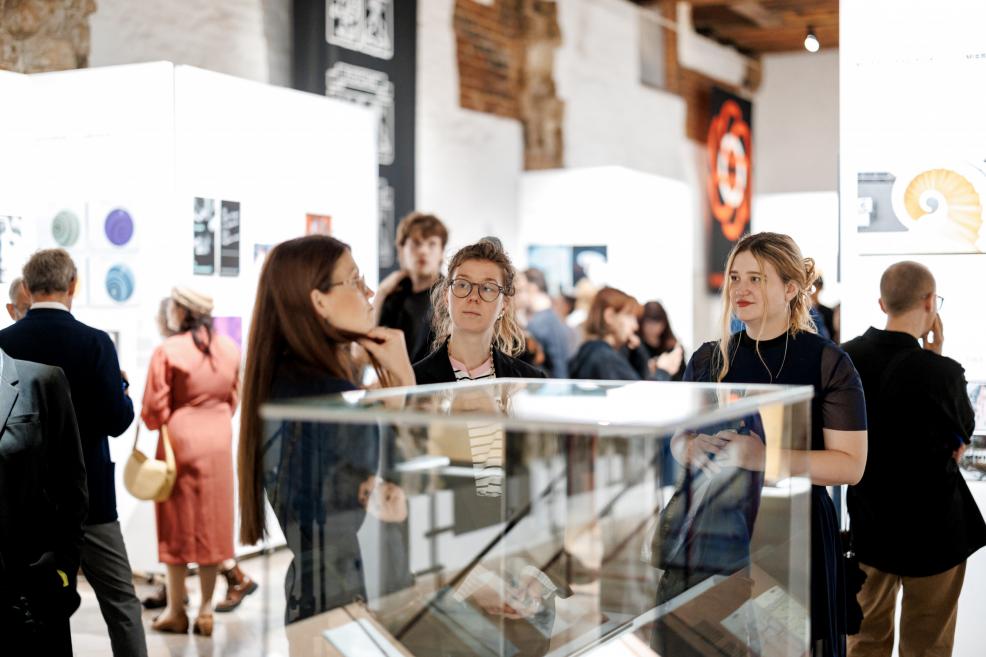
Exhibition opening. Photo: Kaspars Teilāns
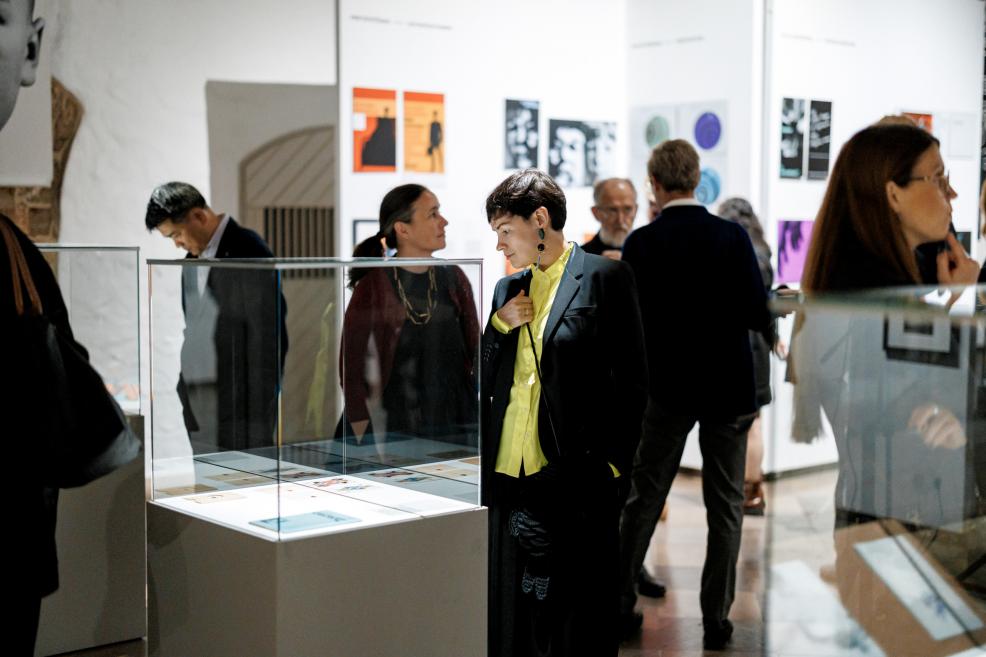
Exhibition opening. Photo: Kaspars Teilāns
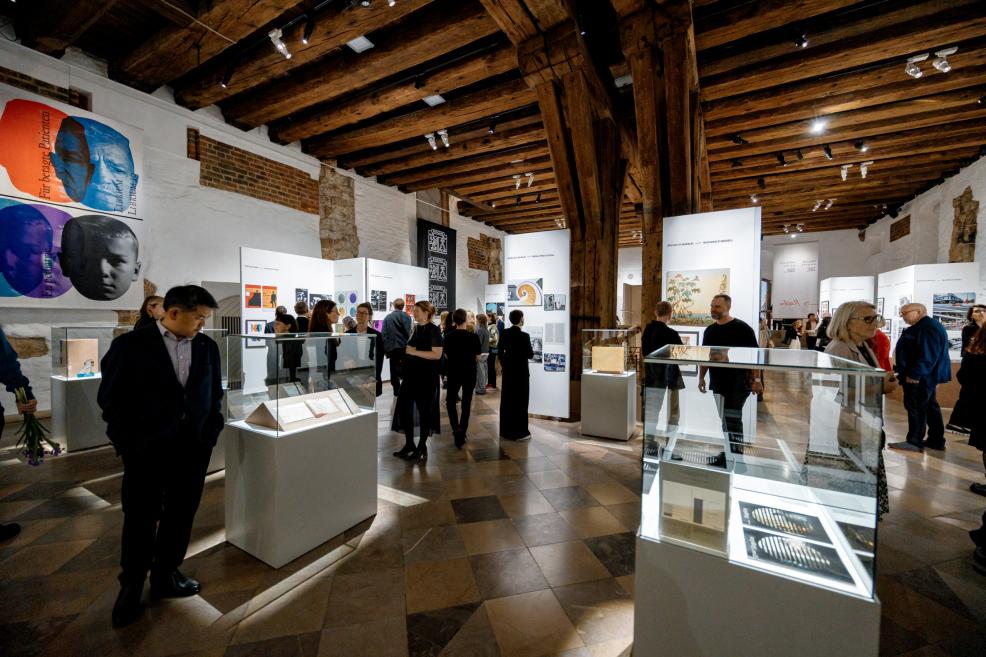
Exhibition opening. Photo: Kaspars Teilāns
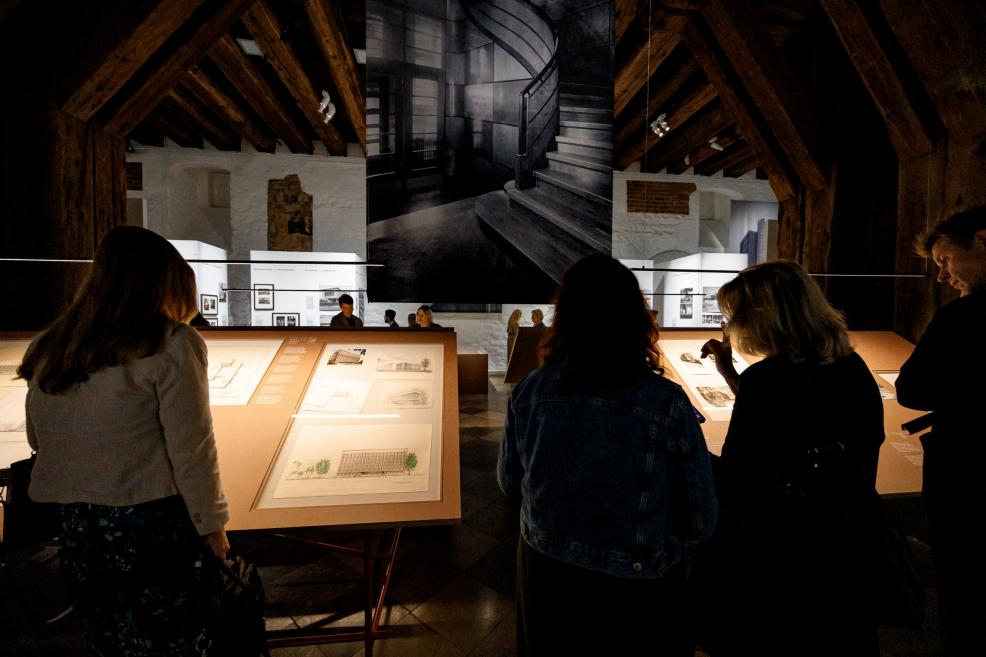
Exhibition opening. Photo: Kaspars Teilāns
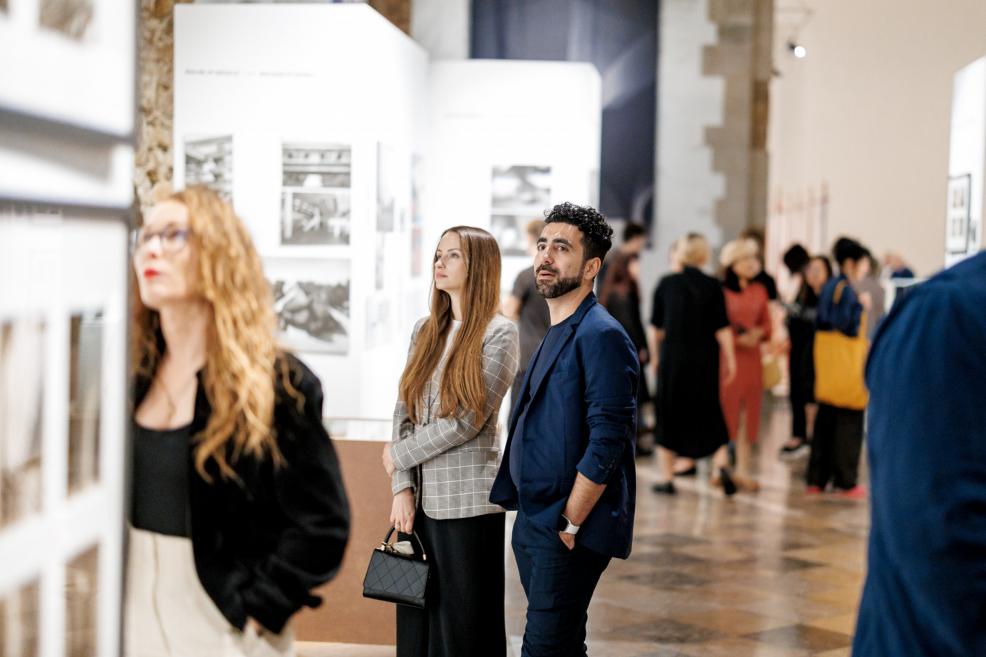
Exhibition opening. Photo: Kaspars Teilāns
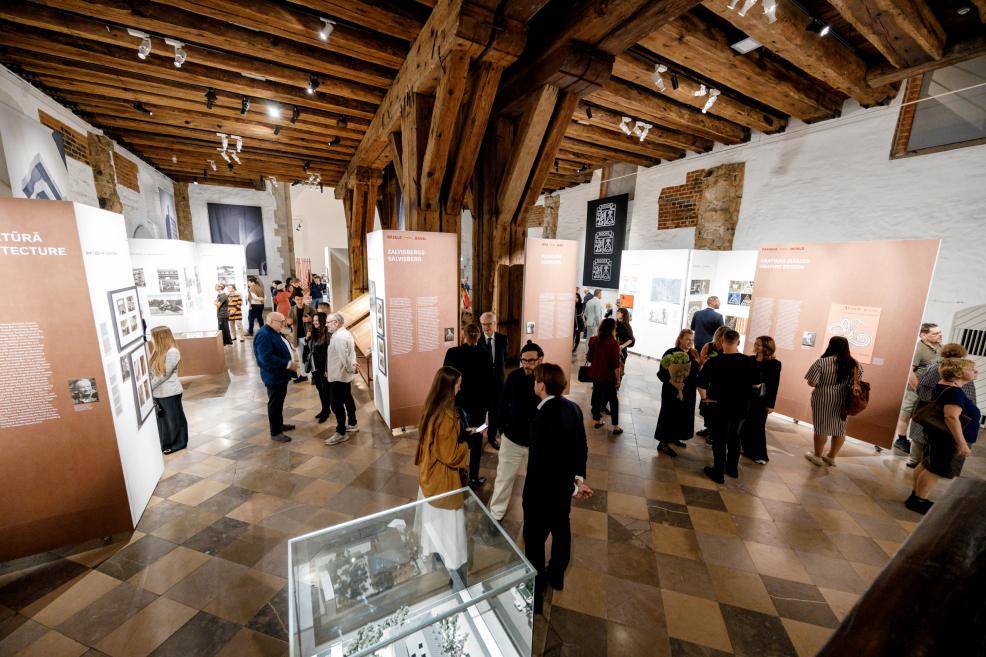
Exhibition opening. Photo: Kaspars Teilāns
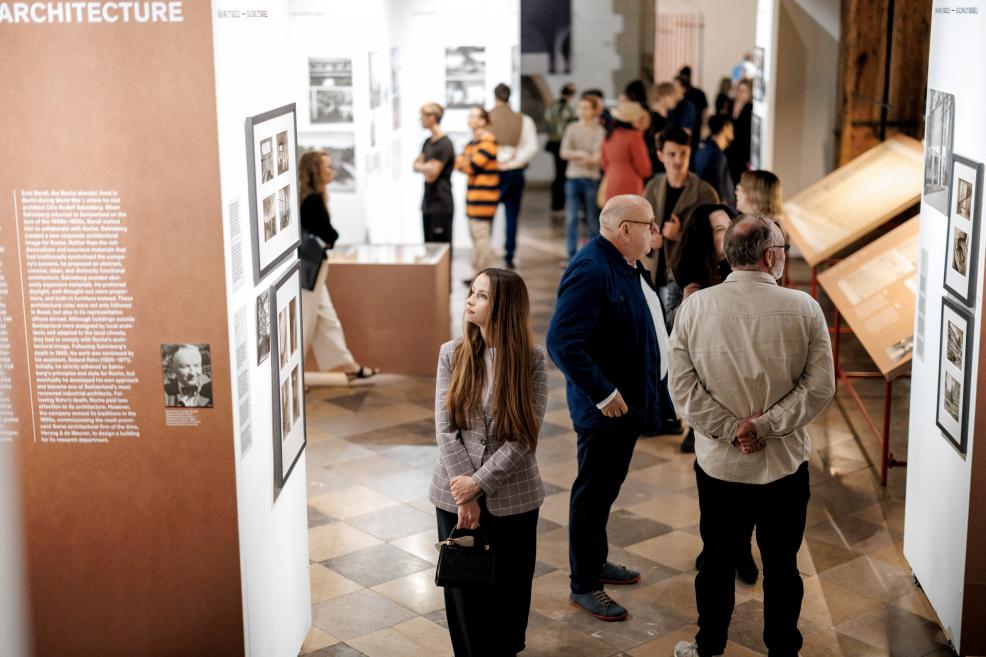
Exhibition opening. Photo: Kaspars Teilāns
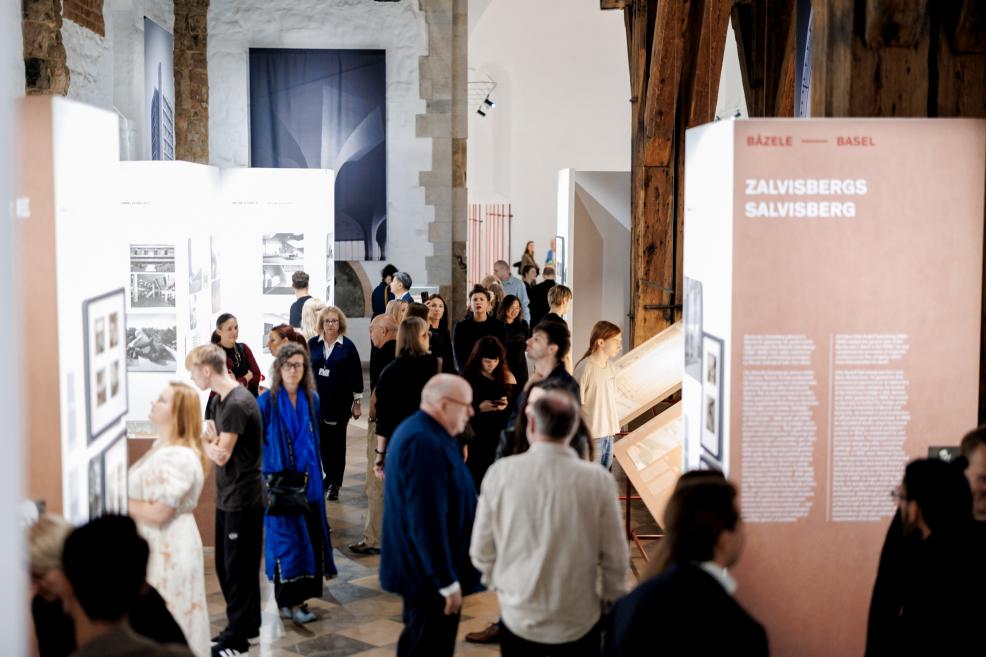
Exhibition opening. Photo: Kaspars Teilāns
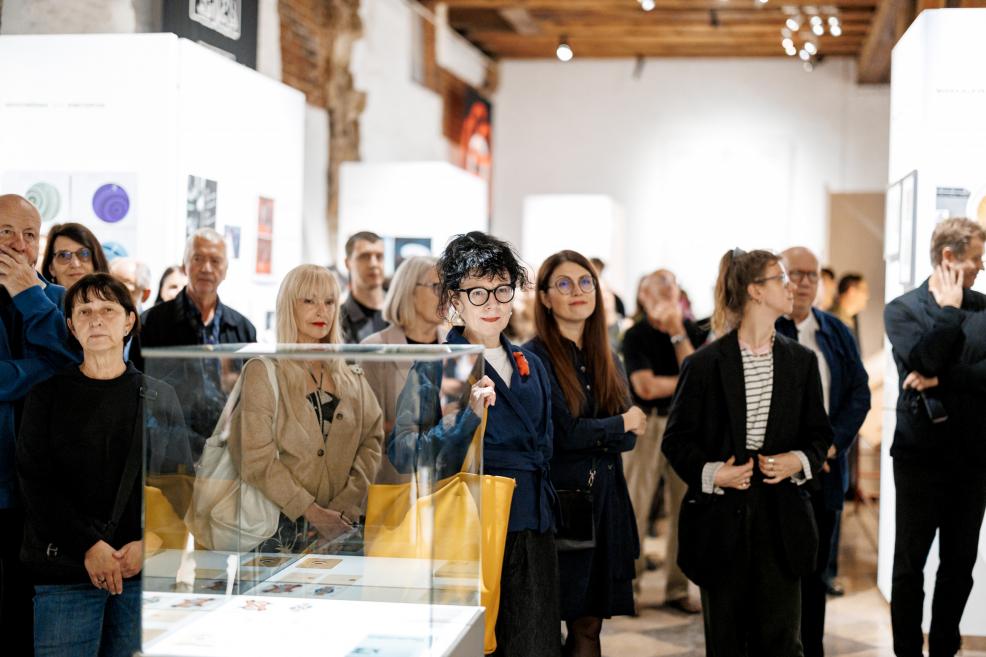
Exhibition opening. Photo: Kaspars Teilāns
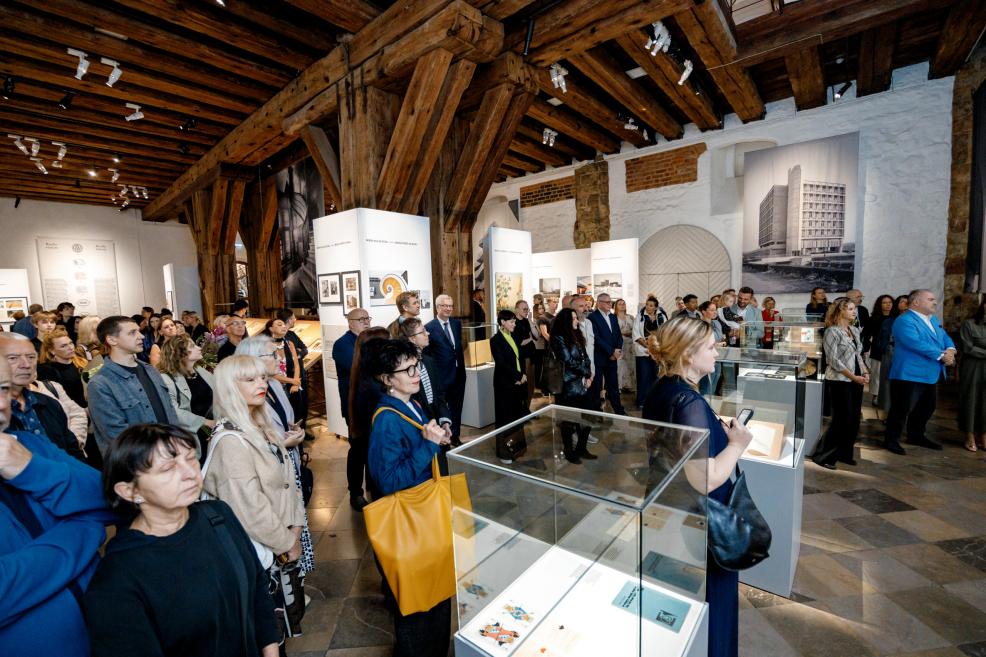
Exhibition opening. Photo: Kaspars Teilāns
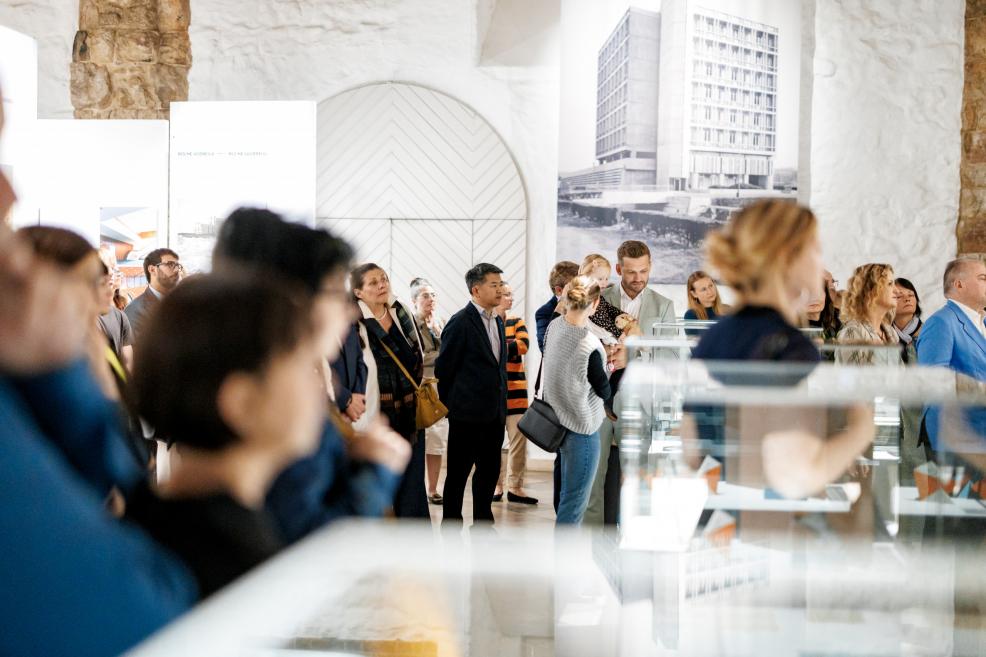
Exhibition opening. Photo: Kaspars Teilāns
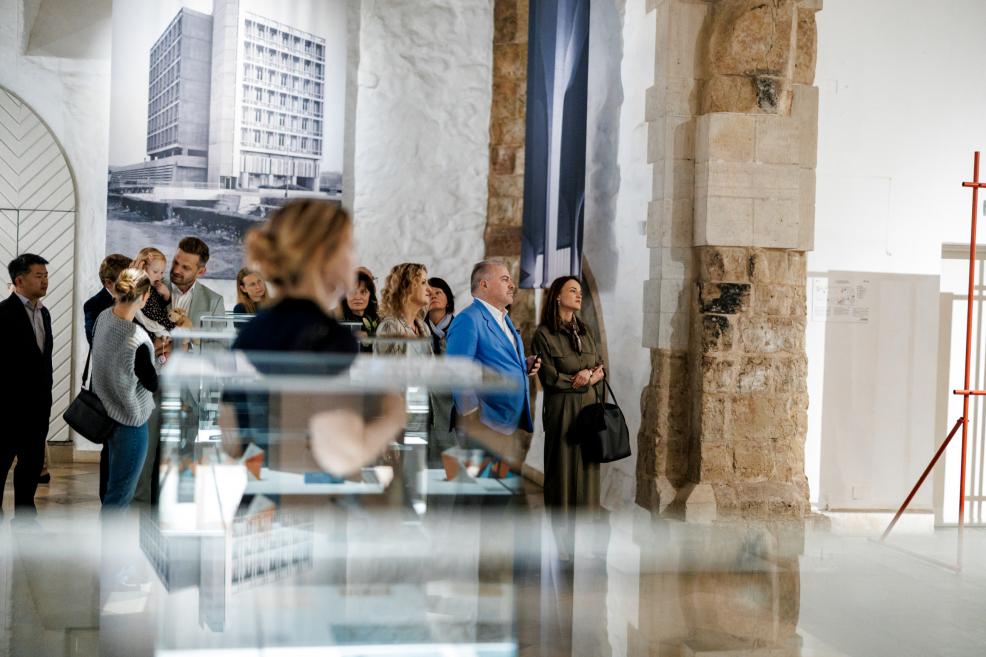
Exhibition opening. Photo: Kaspars Teilāns
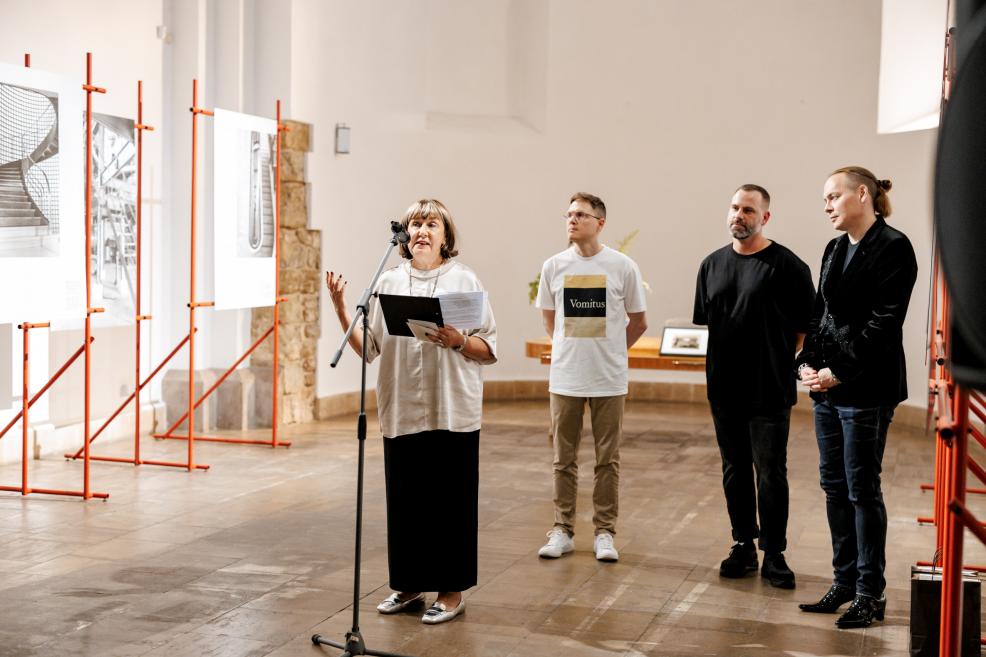
Exhibition opening. Photo: Kaspars Teilāns
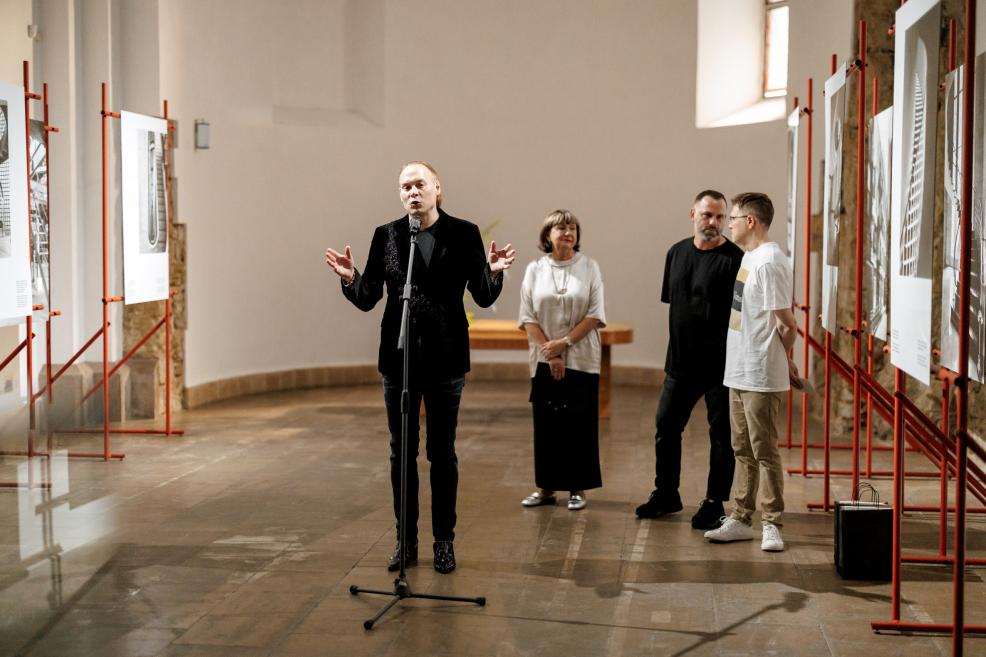
Exhibition opening. Photo: Kaspars Teilāns

Exhibition opening. Photo: Kaspars Teilāns
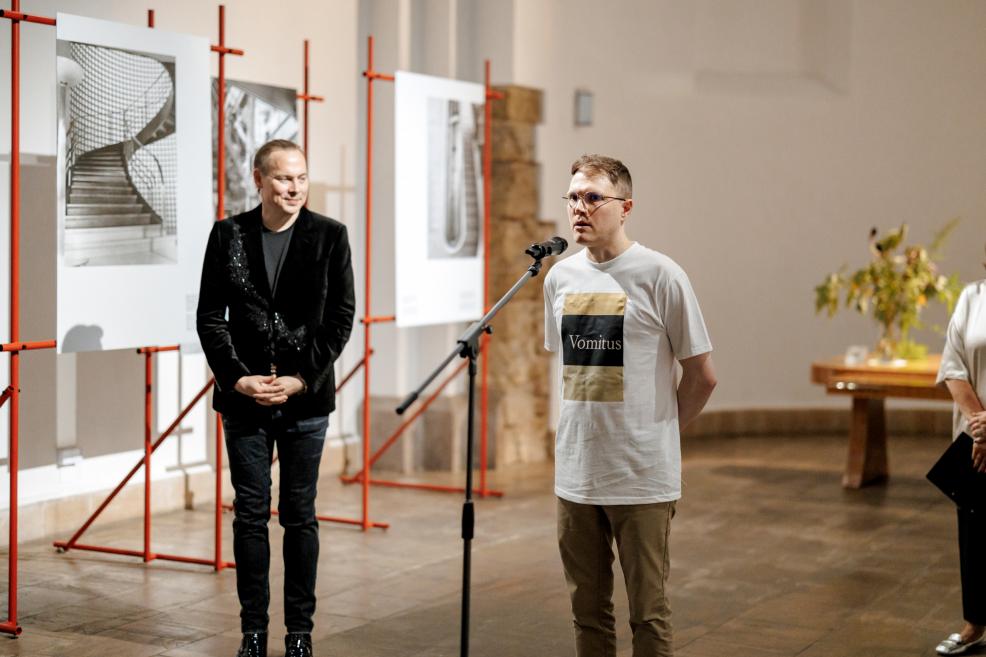
Exhibition opening. Photo: Kaspars Teilāns
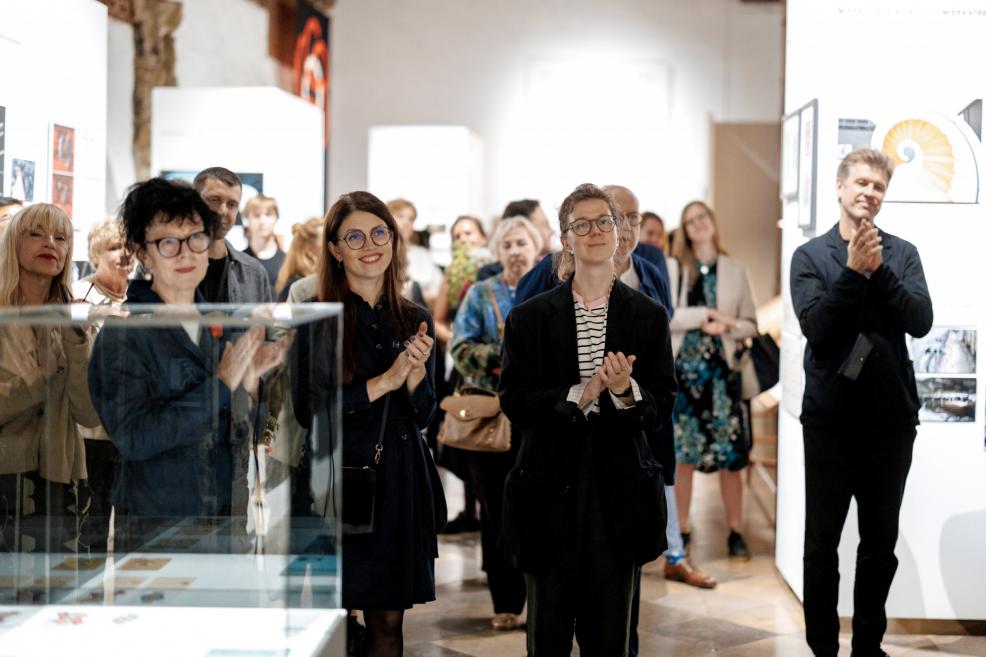
Exhibition opening. Photo: Kaspars Teilāns
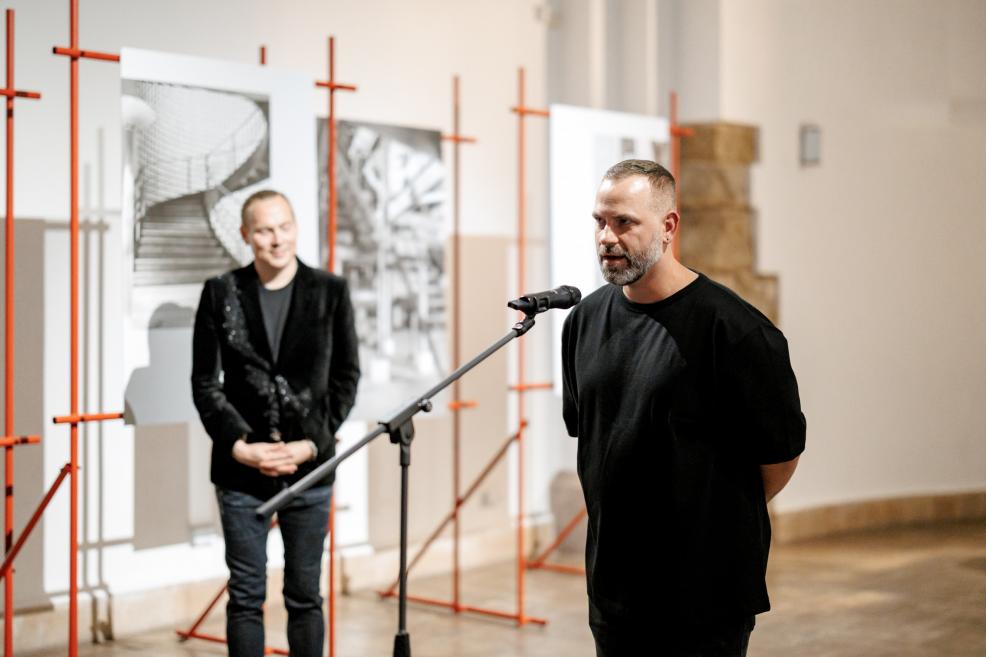
Exhibition opening. Photo: Kaspars Teilāns
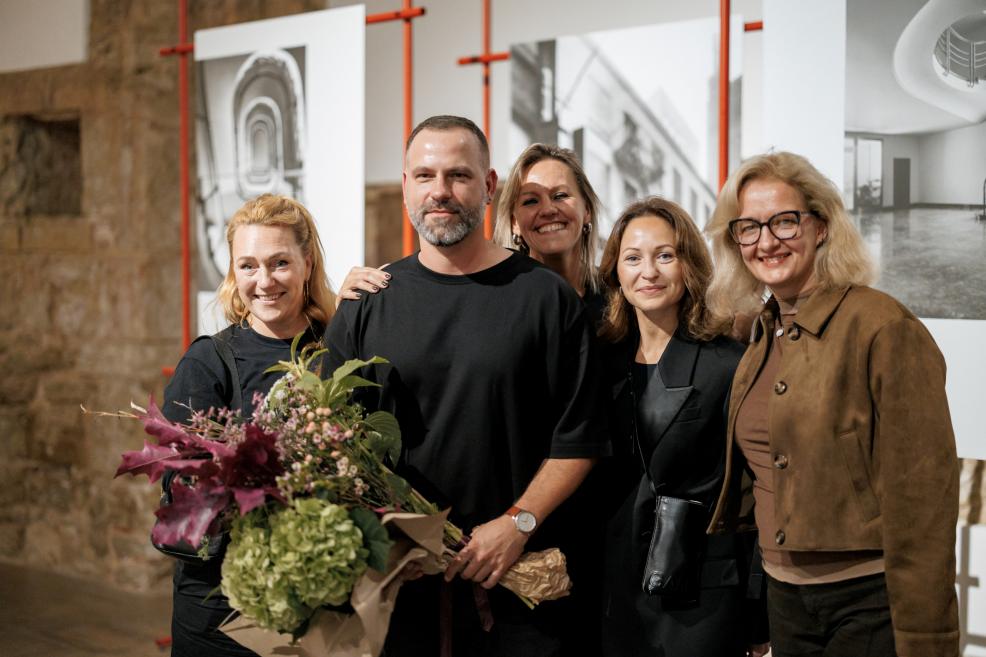
Exhibition opening. Photo: Kaspars Teilāns
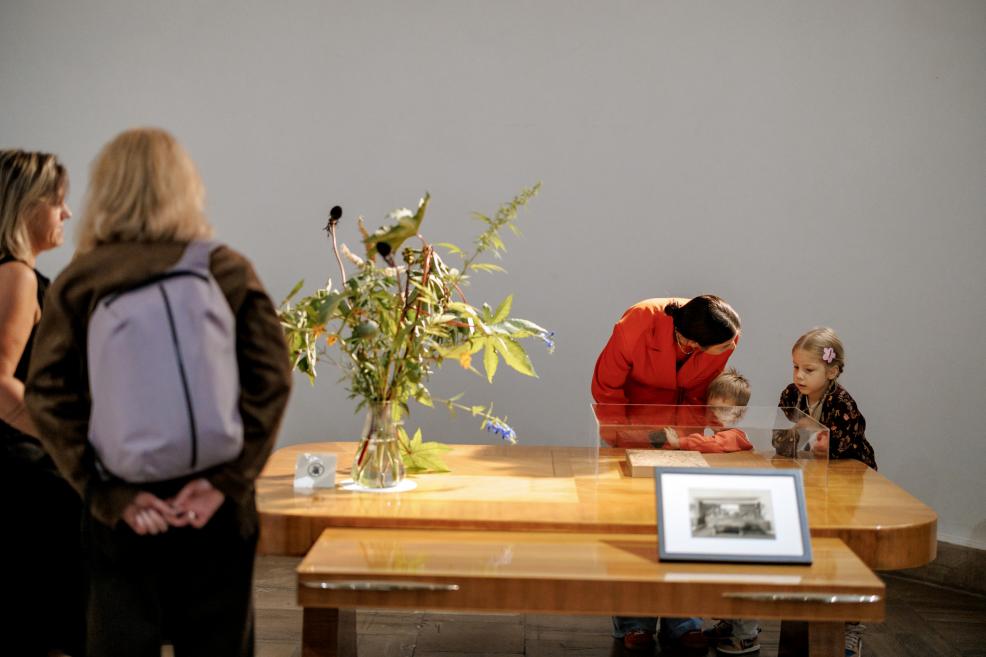
Exhibition opening. Photo: Kaspars Teilāns
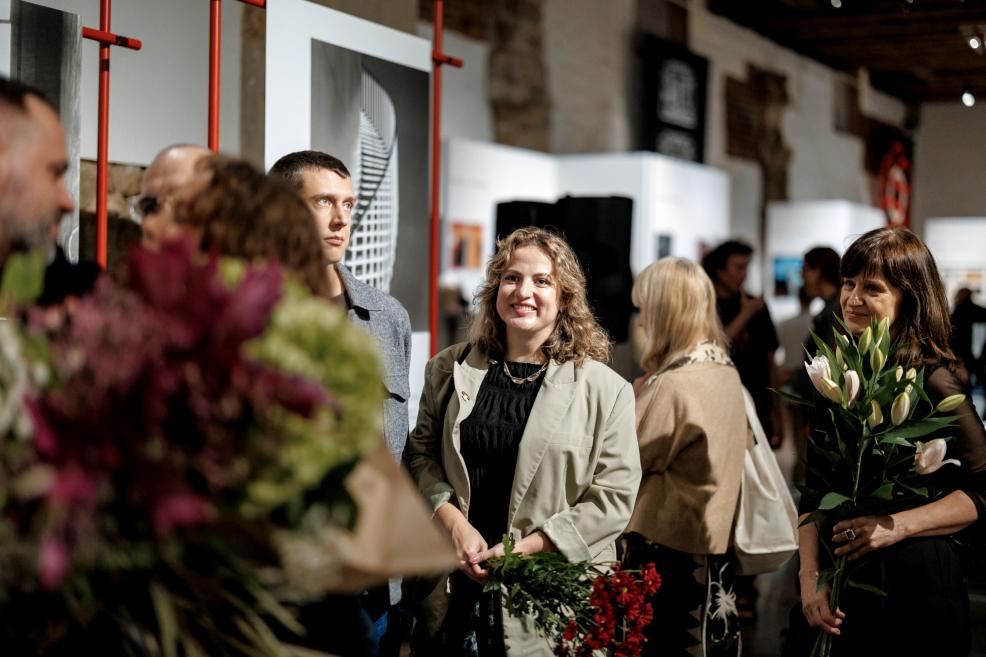
Exhibition opening. Photo: Kaspars Teilāns
Aleksandrs Klinklāvs (1899–1982) is the architect of the first Functionalist style building constructed specifically for the Roche company outside Switzerland. In 1932–1933, he designed a building in Riga, at 25 Miera Street, which was intended for both a factory and an office. Klinklāvs is considered one of the most talented students of Ernests Štālbergs; in the process of training, the professor was oriented towards the theoretical principles of the Bauhaus school. In the history of Latvian architecture of the 1920s–1930s, he has been recognized as a specialist in the field of healthcare architecture. Klinklāvs’ creative legacy is convincingly distinguished by its rationally and proportionally balanced International Style, especially manifested by the Roche building in Riga.
Otto Rudolf Salvisberg (1882–1940) is the architect of the first Functionalist style building made specifically for the Roche company in Basel (Bldg 21 – administration building). It was finished in 1936, a bit later than the Riga project. Yet, both buildings are undeniably united through a thoughtfully applied ascetic architectural language and functionality based on the logic of Modernism. Salvisberg’s innovative principles of corporate architecture for pharmaceutical companies are still appreciated and followed around the world. The distinctive style of a master is also brilliantly reflected in the interiors he designed, where rational, user-friendly detailing remains relevant even today.
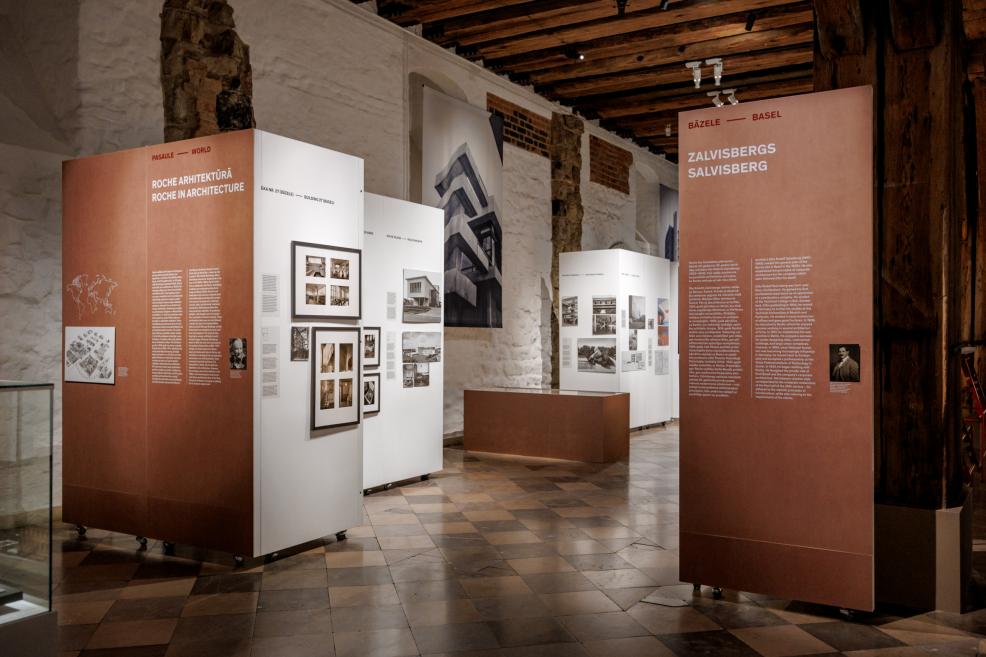
Exhibition “Courage and Care. Architecture and Design: The Roche Vision”. Photo: Kaspars Teilāns
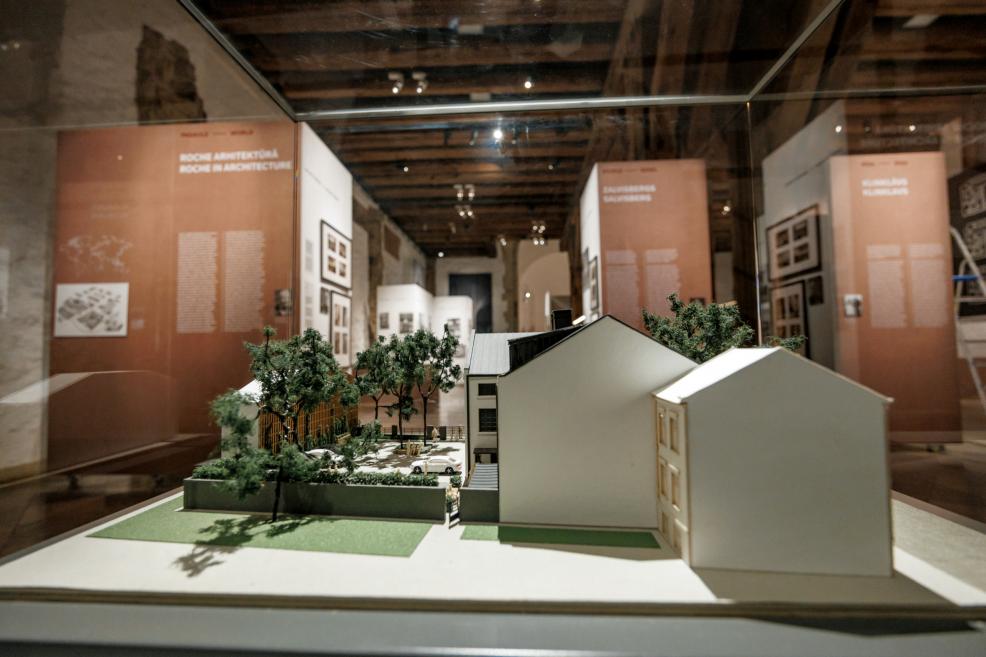
Exhibition “Courage and Care. Architecture and Design: The Roche Vision”. Photo: Kaspars Teilāns
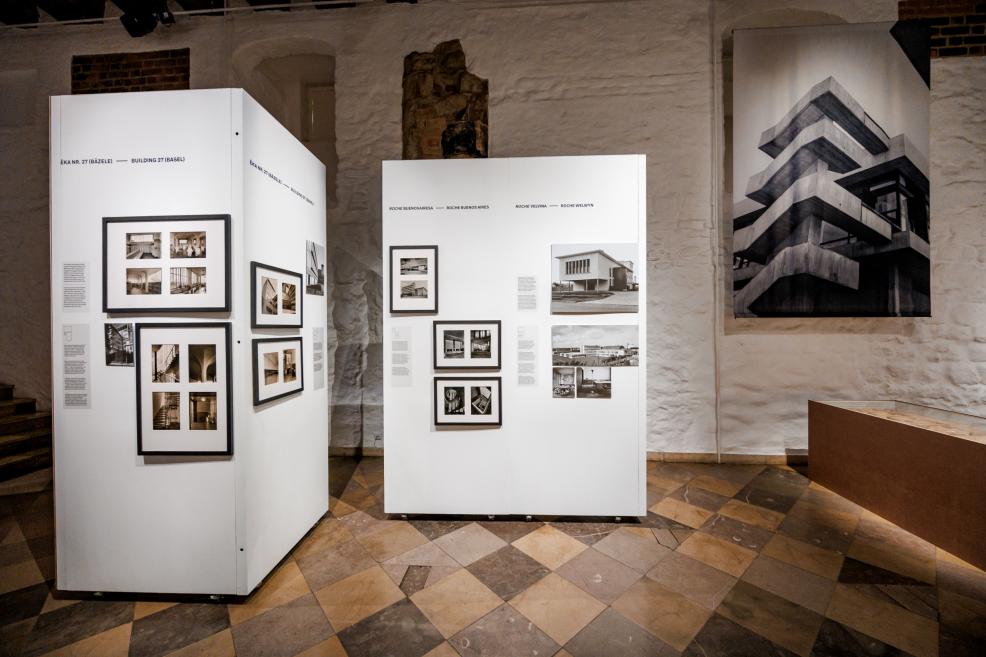
Exhibition “Courage and Care. Architecture and Design: The Roche Vision”. Photo: Kaspars Teilāns
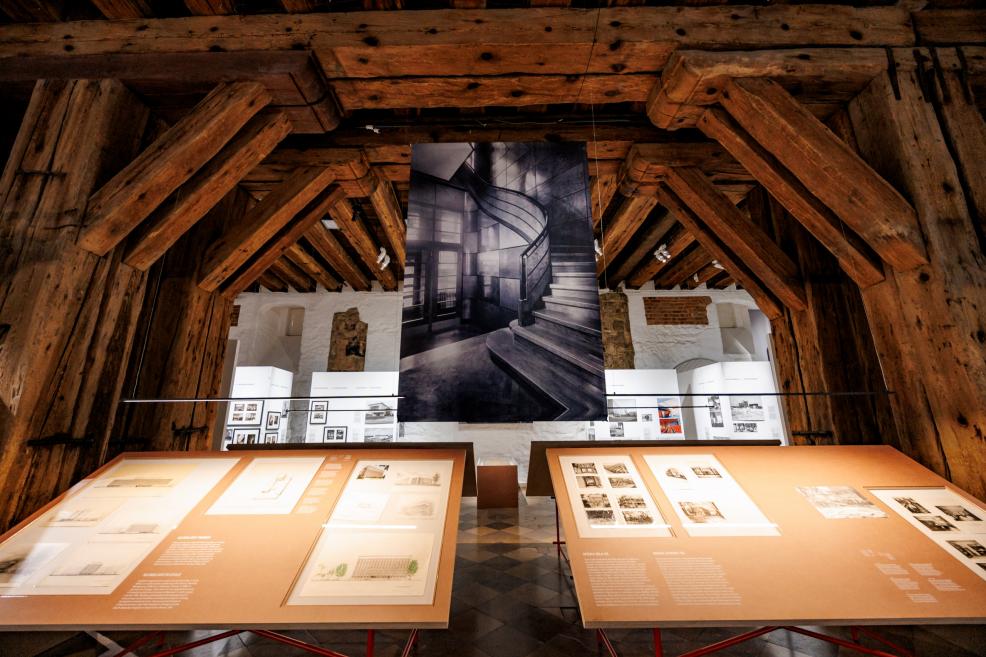
Exhibition “Courage and Care. Architecture and Design: The Roche Vision”. Photo: Kaspars Teilāns
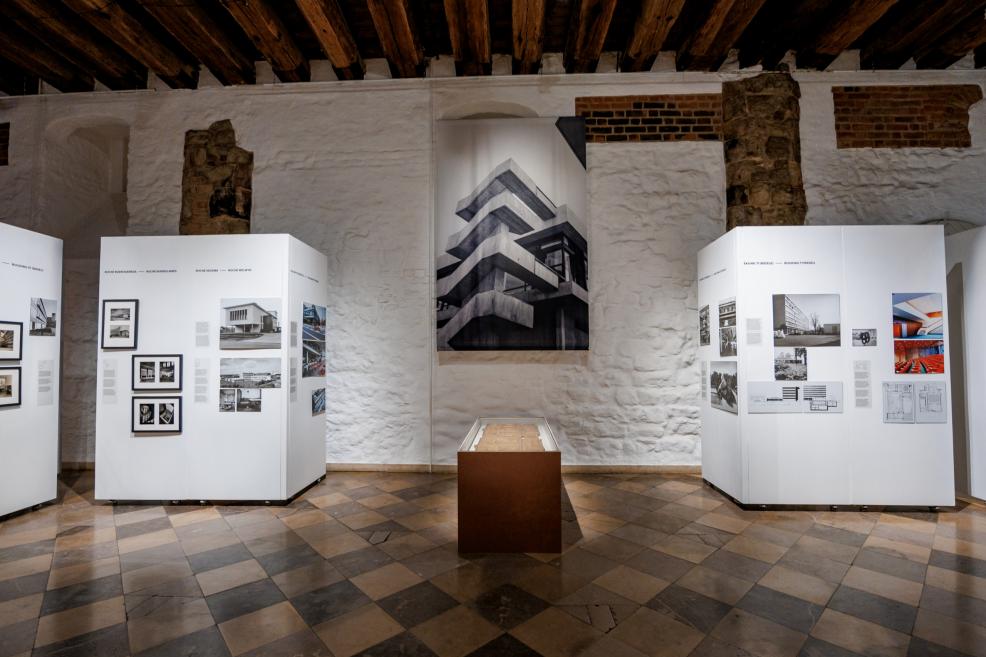
Exhibition “Courage and Care. Architecture and Design: The Roche Vision”. Photo: Kaspars Teilāns

Exhibition “Courage and Care. Architecture and Design: The Roche Vision”. Photo: Kaspars Teilāns
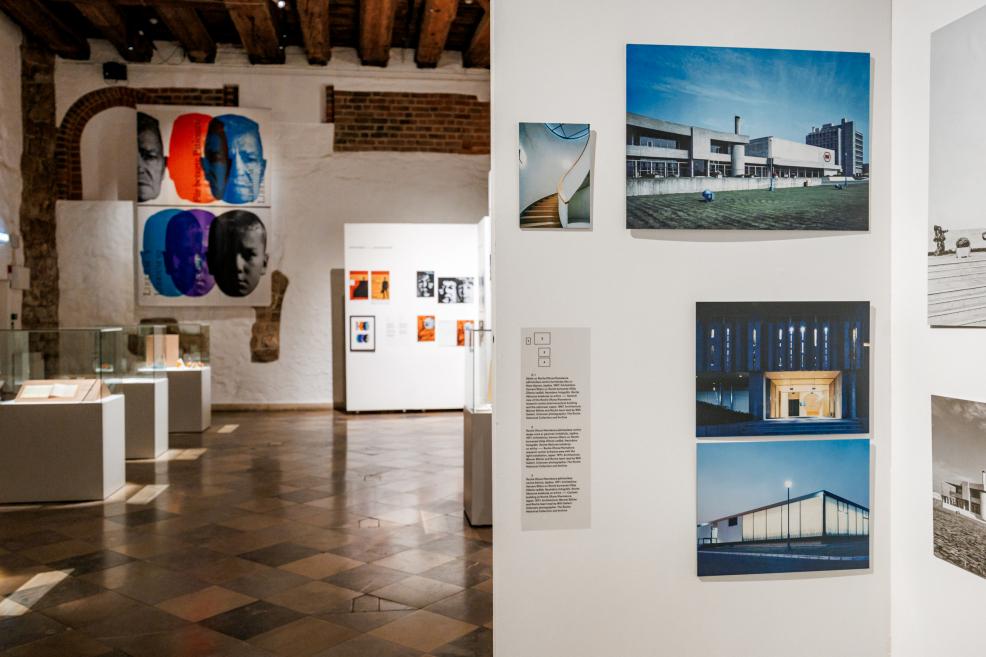
Exhibition “Courage and Care. Architecture and Design: The Roche Vision”. Photo: Kaspars Teilāns
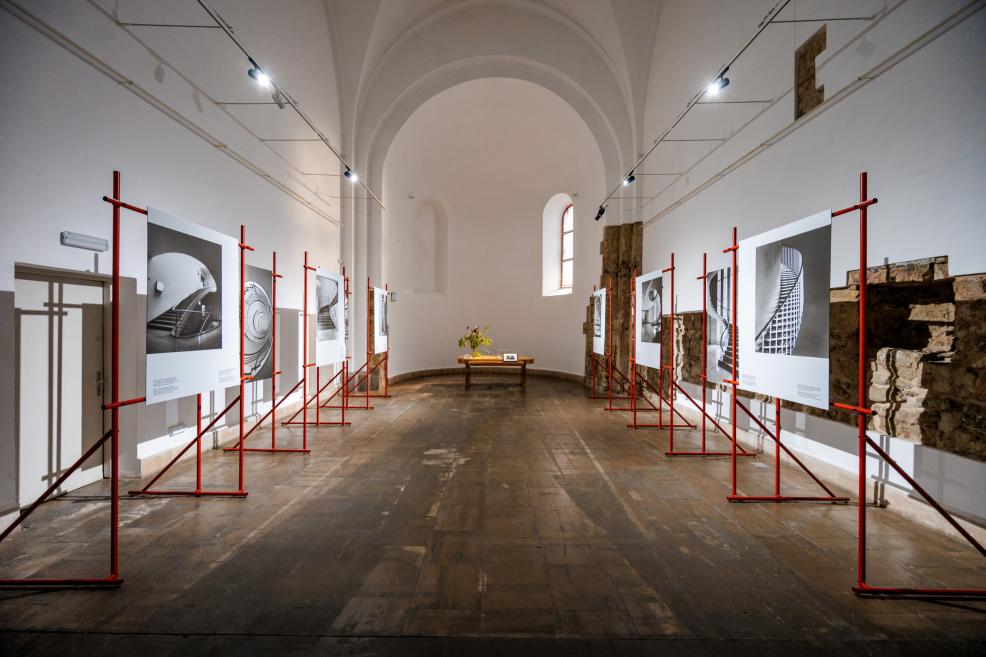
Exhibition “Courage and Care. Architecture and Design: The Roche Vision”. Photo: Kaspars Teilāns
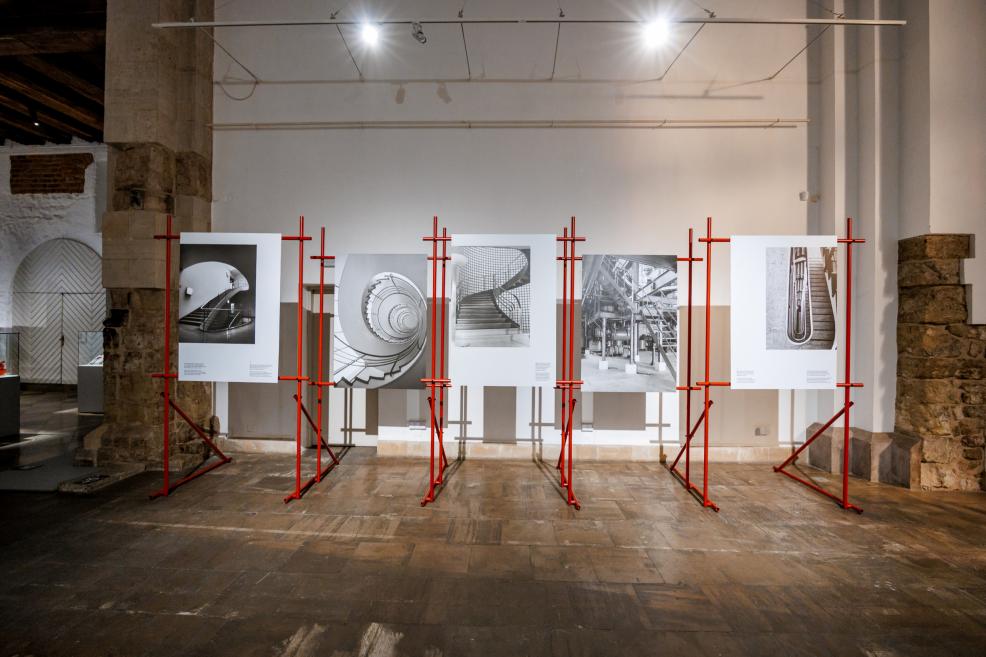
Exhibition “Courage and Care. Architecture and Design: The Roche Vision”. Photo: Kaspars Teilāns
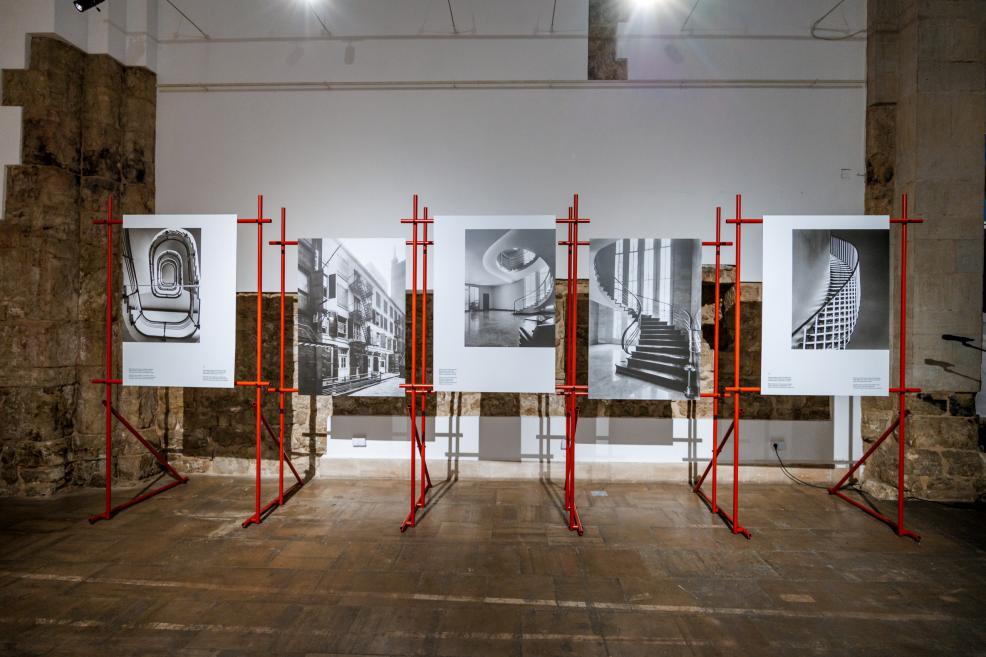
Exhibition “Courage and Care. Architecture and Design: The Roche Vision”. Photo: Kaspars Teilāns
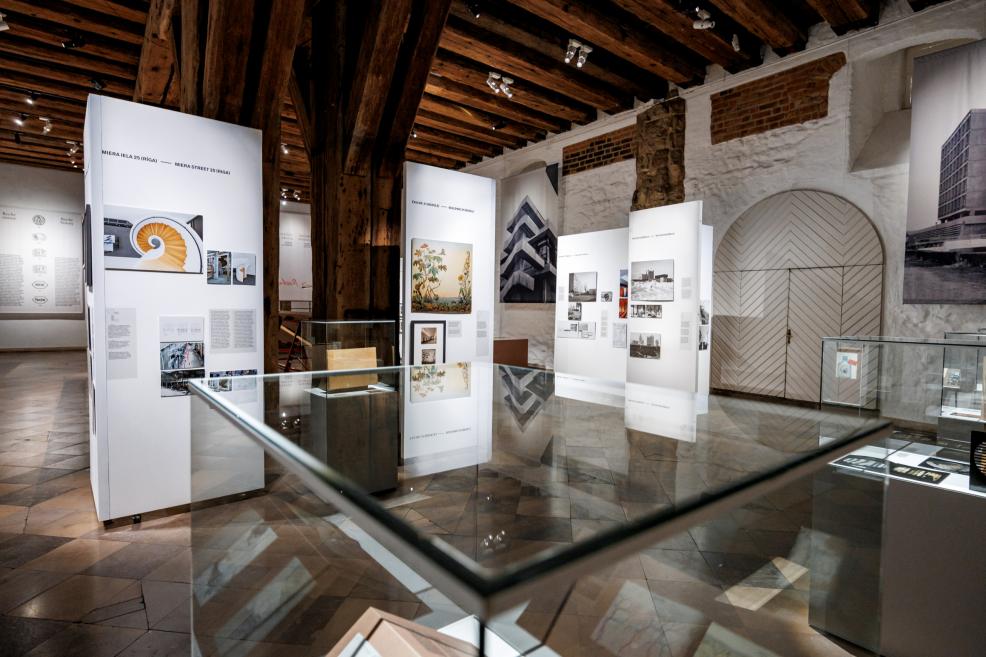
Exhibition “Courage and Care. Architecture and Design: The Roche Vision”. Photo: Kaspars Teilāns
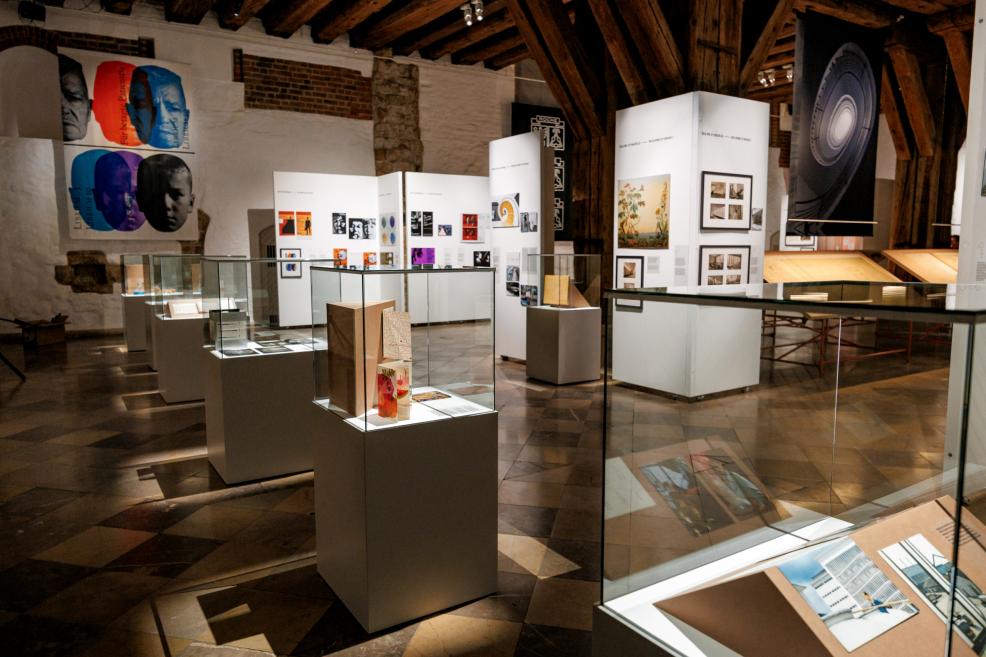
Exhibition “Courage and Care. Architecture and Design: The Roche Vision”. Photo: Kaspars Teilāns
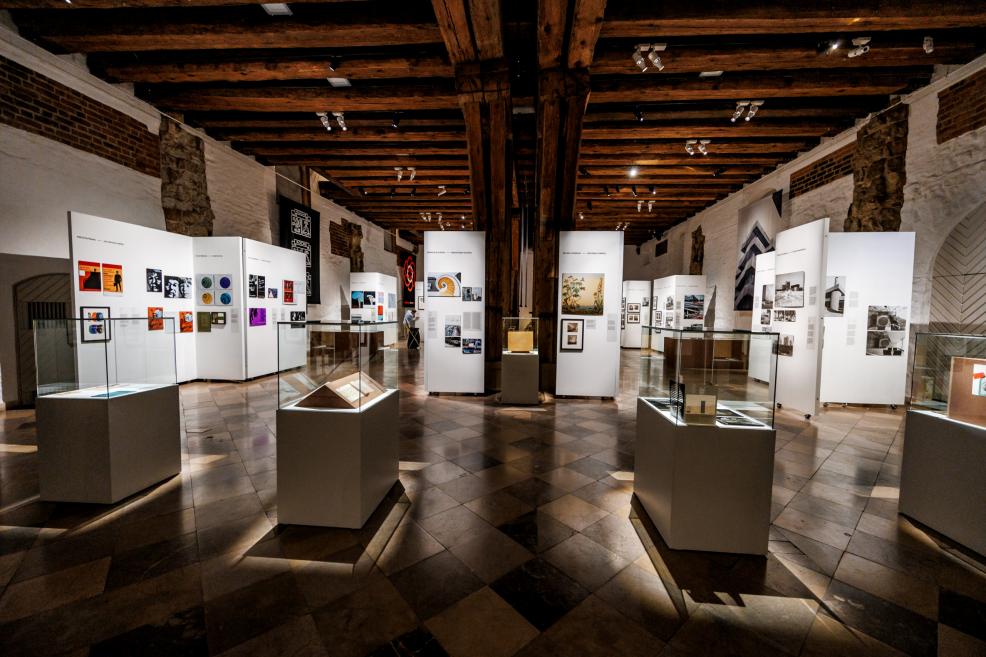
Exhibition “Courage and Care. Architecture and Design: The Roche Vision”. Photo: Kaspars Teilāns
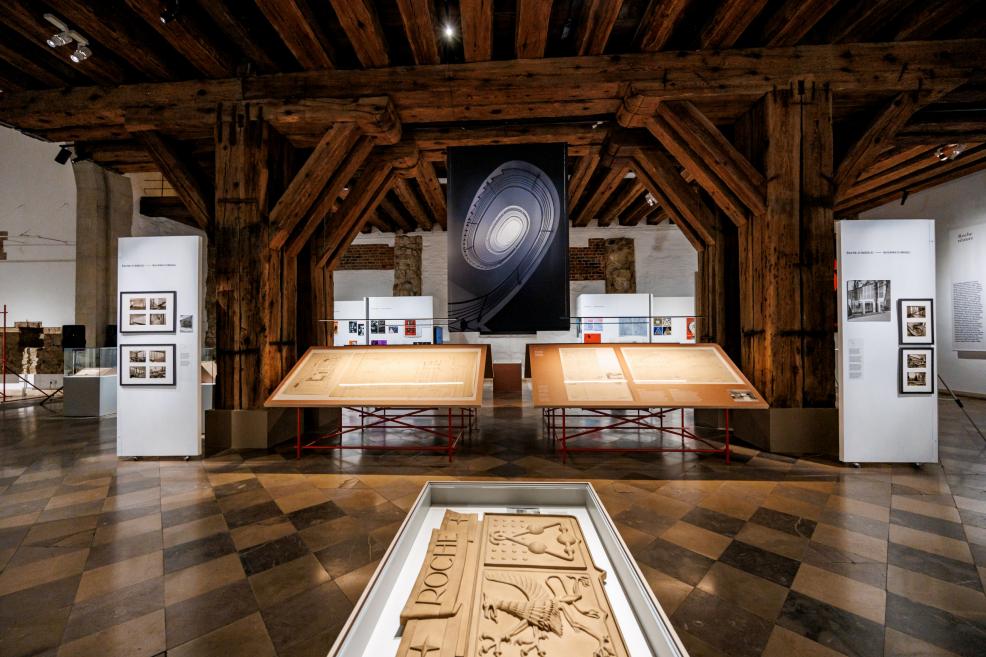
Exhibition “Courage and Care. Architecture and Design: The Roche Vision”. Photo: Kaspars Teilāns
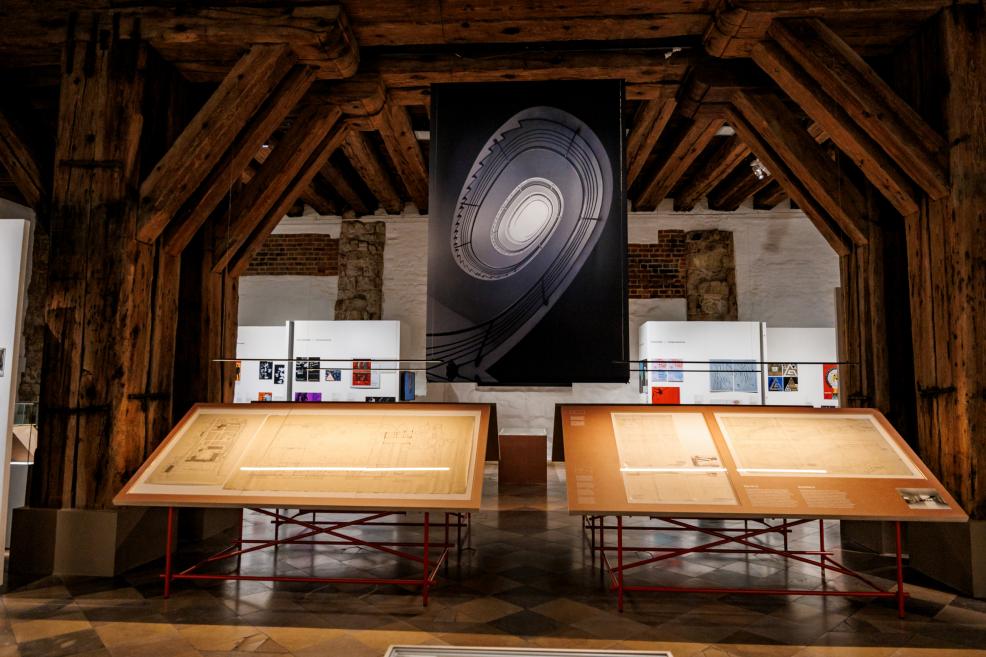
Exhibition “Courage and Care. Architecture and Design: The Roche Vision”. Photo: Kaspars Teilāns
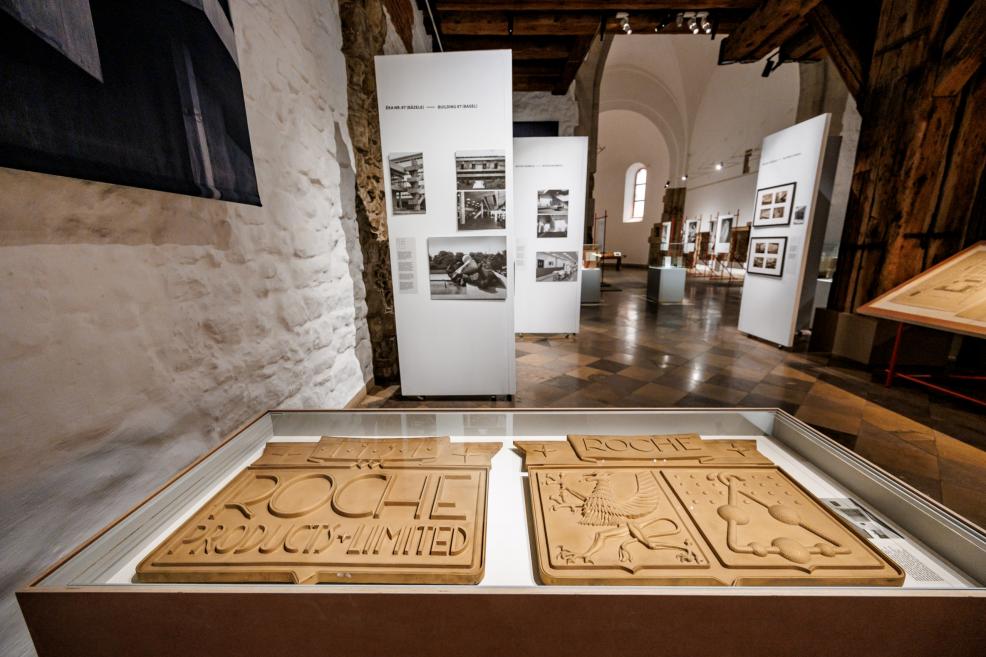
Exhibition “Courage and Care. Architecture and Design: The Roche Vision”. Photo: Kaspars Teilāns
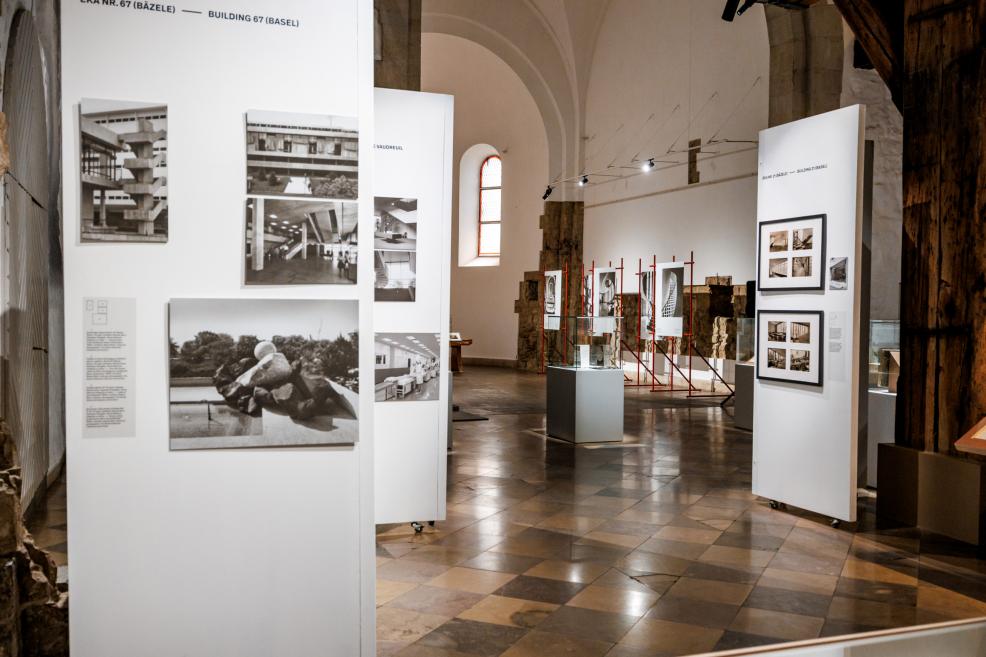
Exhibition “Courage and Care. Architecture and Design: The Roche Vision”. Photo: Kaspars Teilāns
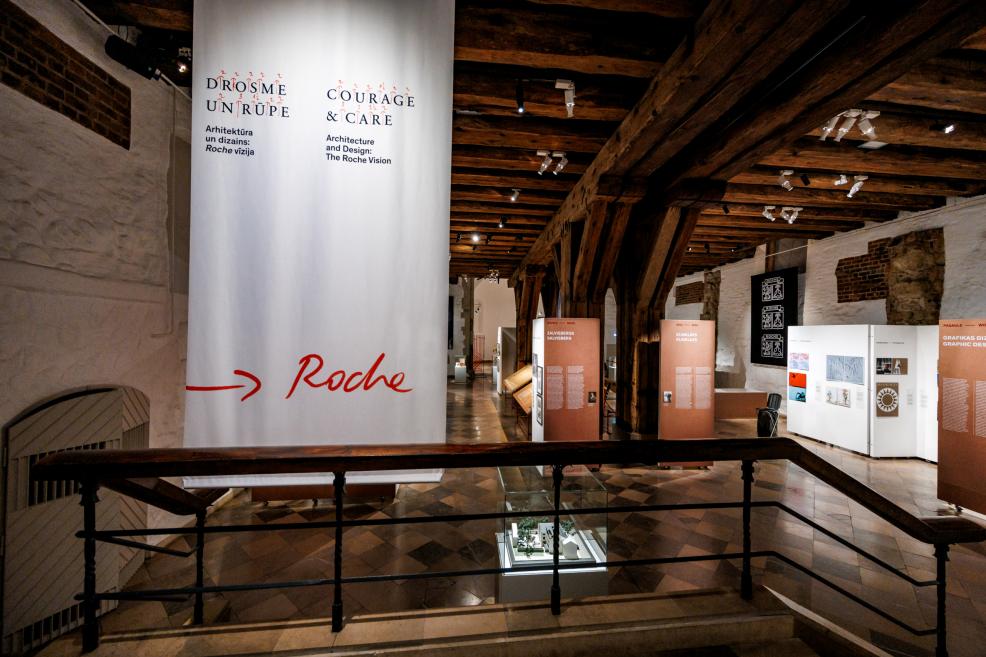
Exhibition “Courage and Care. Architecture and Design: The Roche Vision”. Photo: Kaspars Teilāns
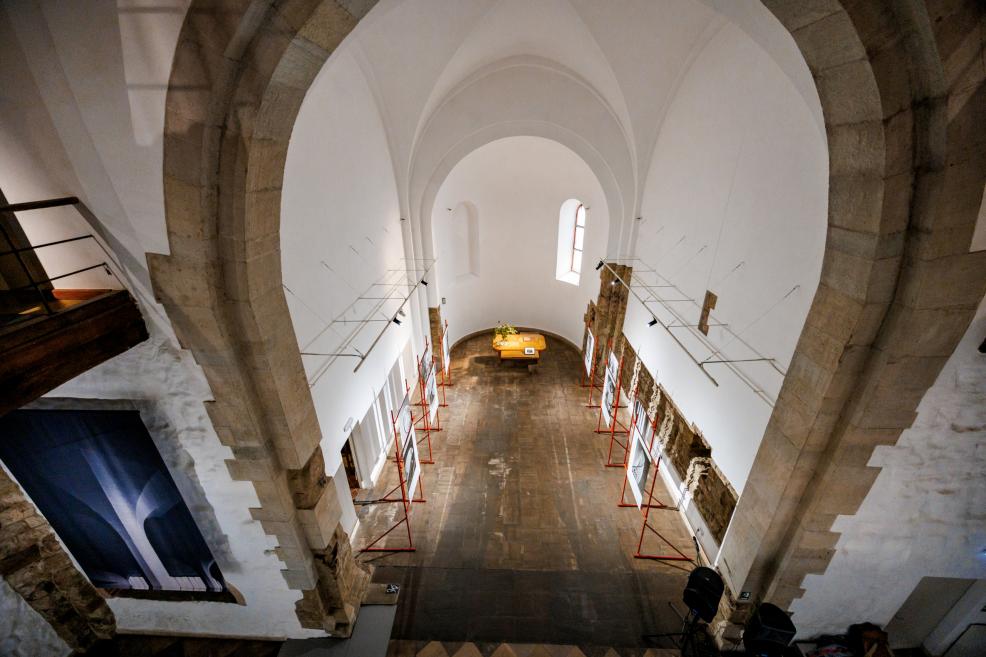
Exhibition “Courage and Care. Architecture and Design: The Roche Vision”. Photo: Kaspars Teilāns
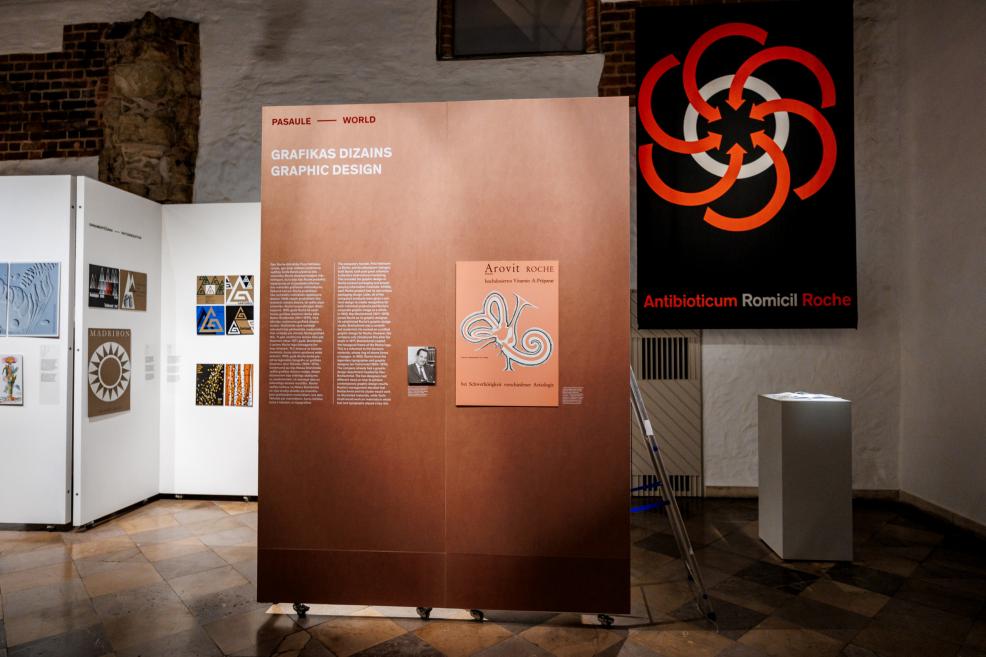
Exhibition “Courage and Care. Architecture and Design: The Roche Vision”. Photo: Kaspars Teilāns
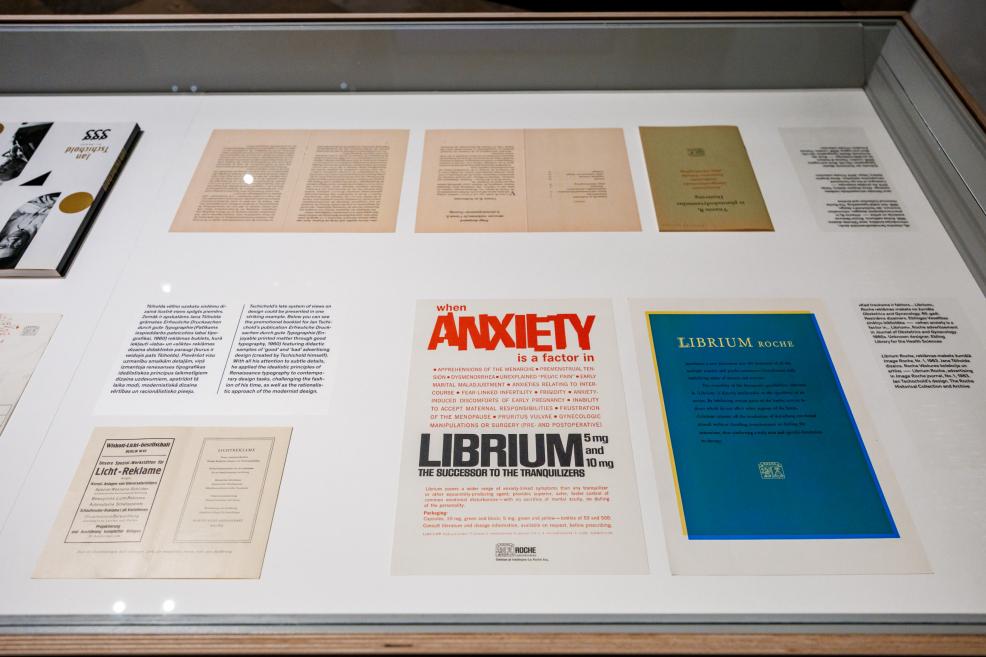
Exhibition “Courage and Care. Architecture and Design: The Roche Vision”. Photo: Kaspars Teilāns
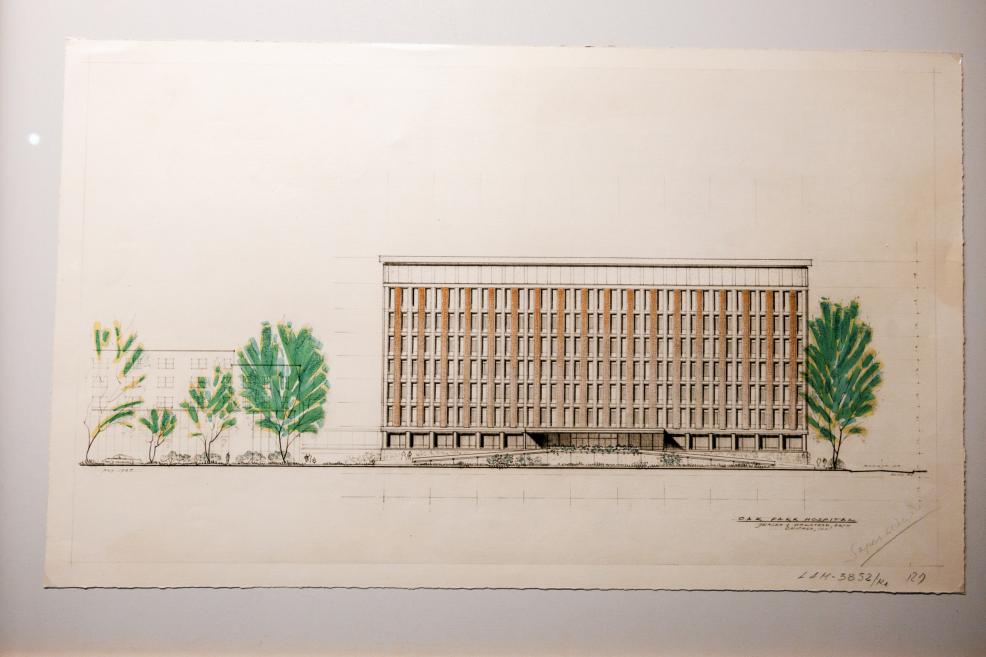
Exhibition “Courage and Care. Architecture and Design: The Roche Vision”. Photo: Kaspars Teilāns
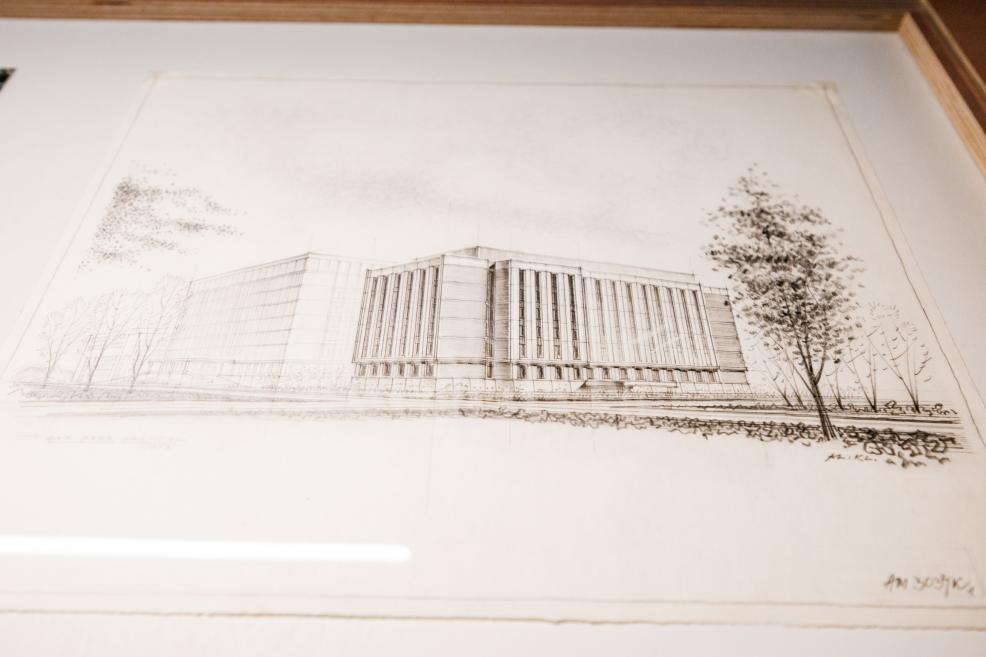
Exhibition “Courage and Care. Architecture and Design: The Roche Vision”. Photo: Kaspars Teilāns
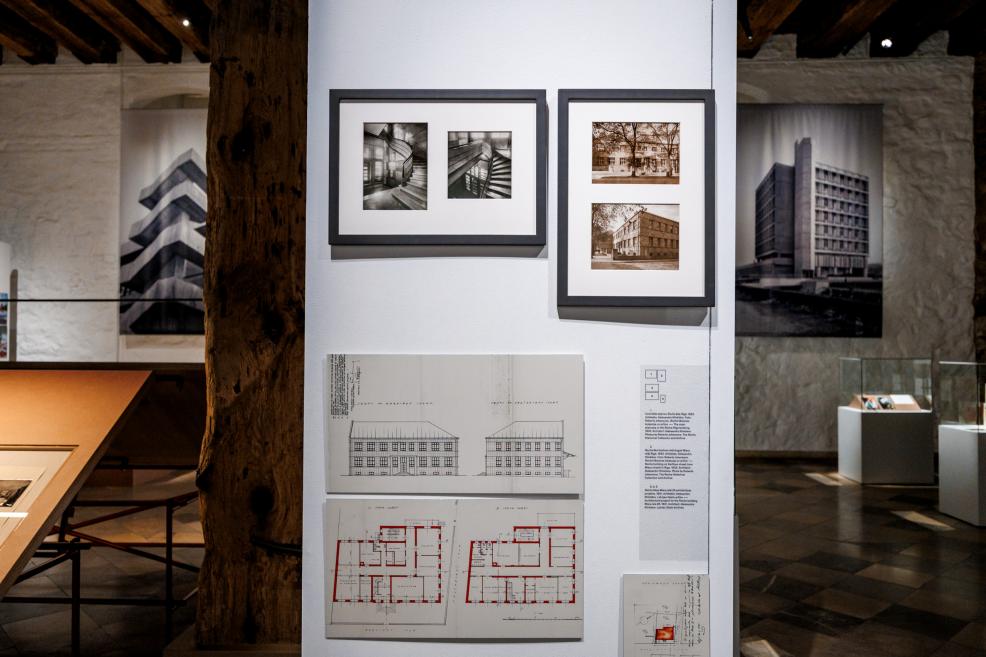
Exhibition “Courage and Care. Architecture and Design: The Roche Vision”. Photo: Kaspars Teilāns
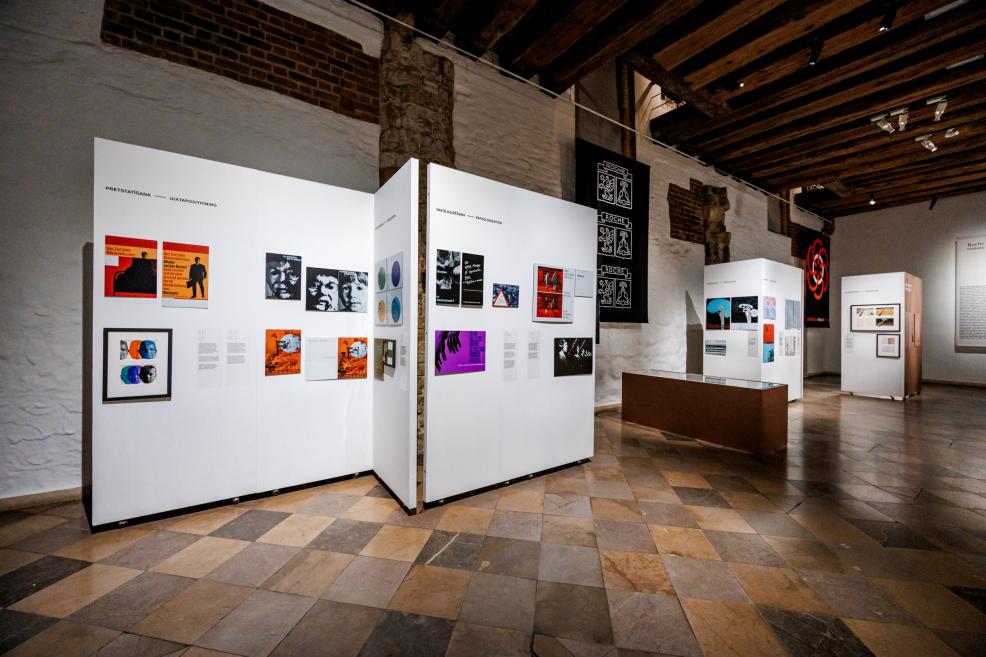
Exhibition “Courage and Care. Architecture and Design: The Roche Vision”. Photo: Kaspars Teilāns
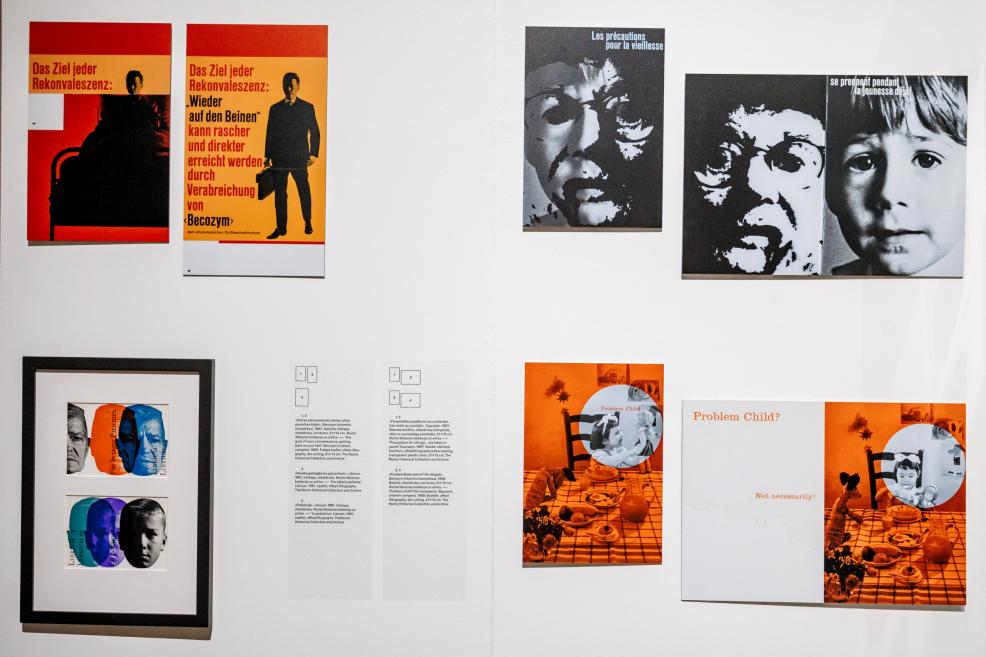
Exhibition “Courage and Care. Architecture and Design: The Roche Vision”. Photo: Kaspars Teilāns
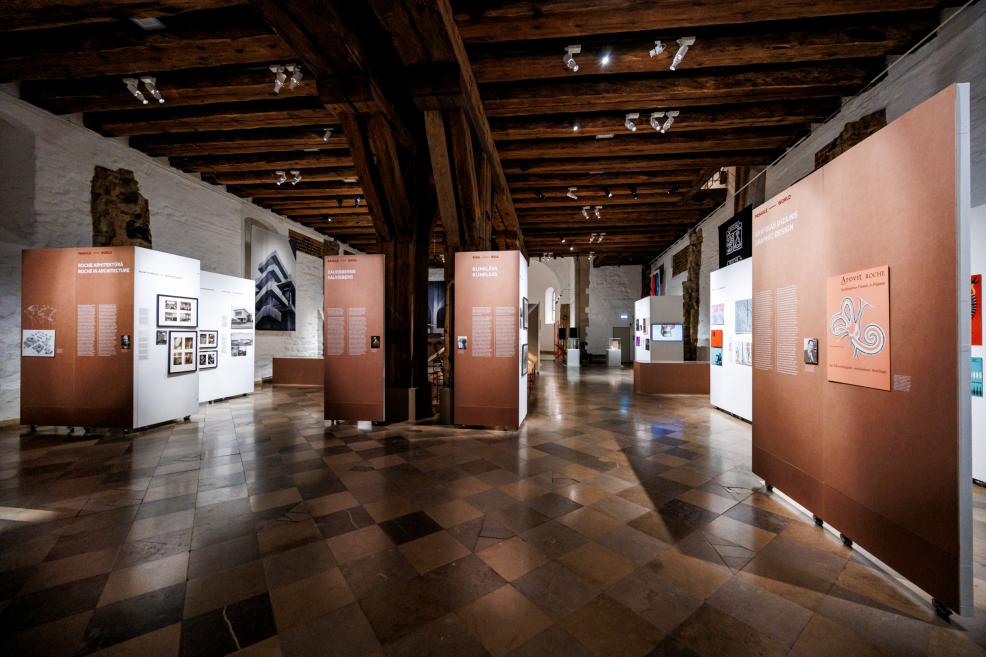
Exhibition “Courage and Care. Architecture and Design: The Roche Vision”. Photo: Kaspars Teilāns
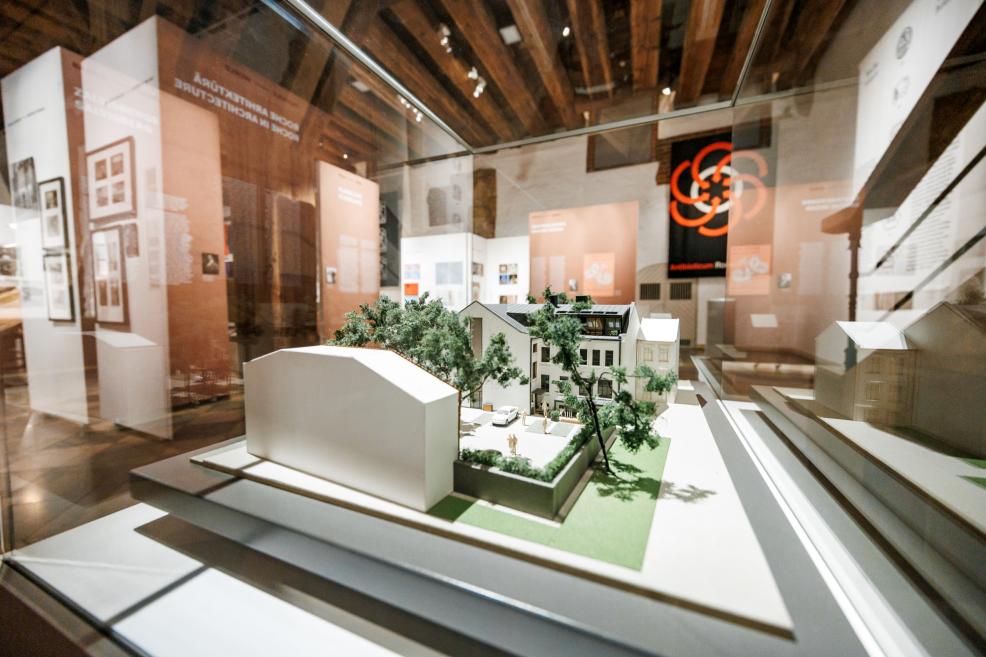
Exhibition “Courage and Care. Architecture and Design: The Roche Vision”. Photo: Kaspars Teilāns
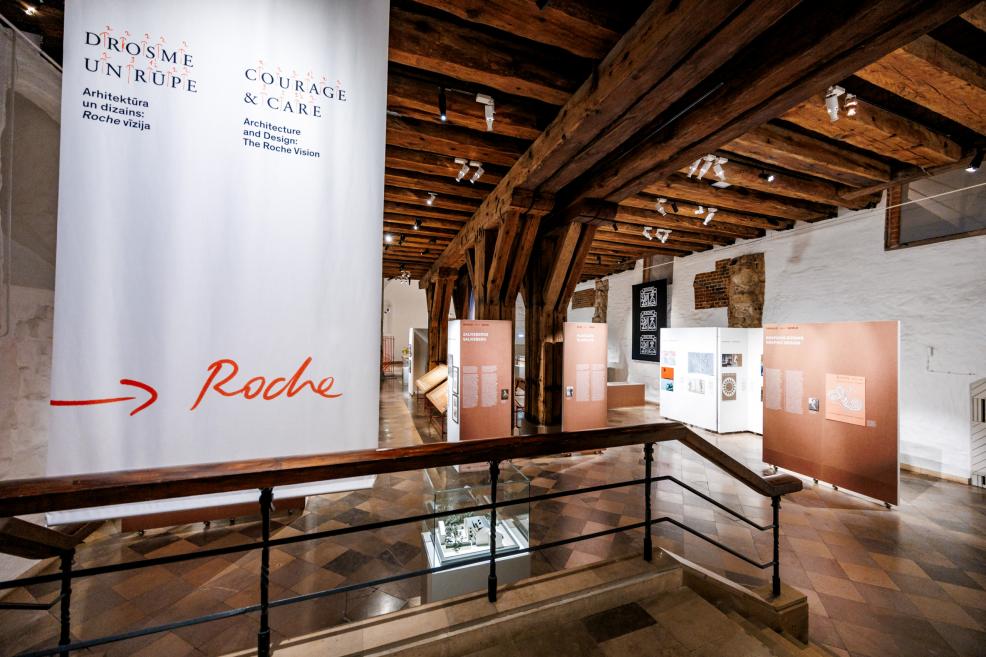
Exhibition “Courage and Care. Architecture and Design: The Roche Vision”. Photo: Kaspars Teilāns
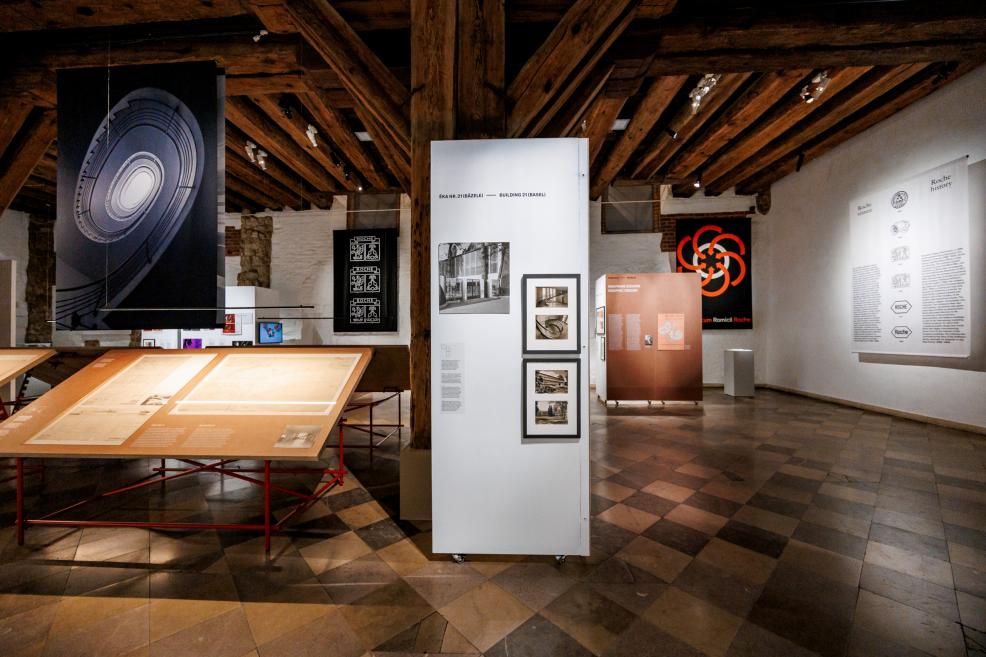
Exhibition “Courage and Care. Architecture and Design: The Roche Vision”. Photo: Kaspars Teilāns
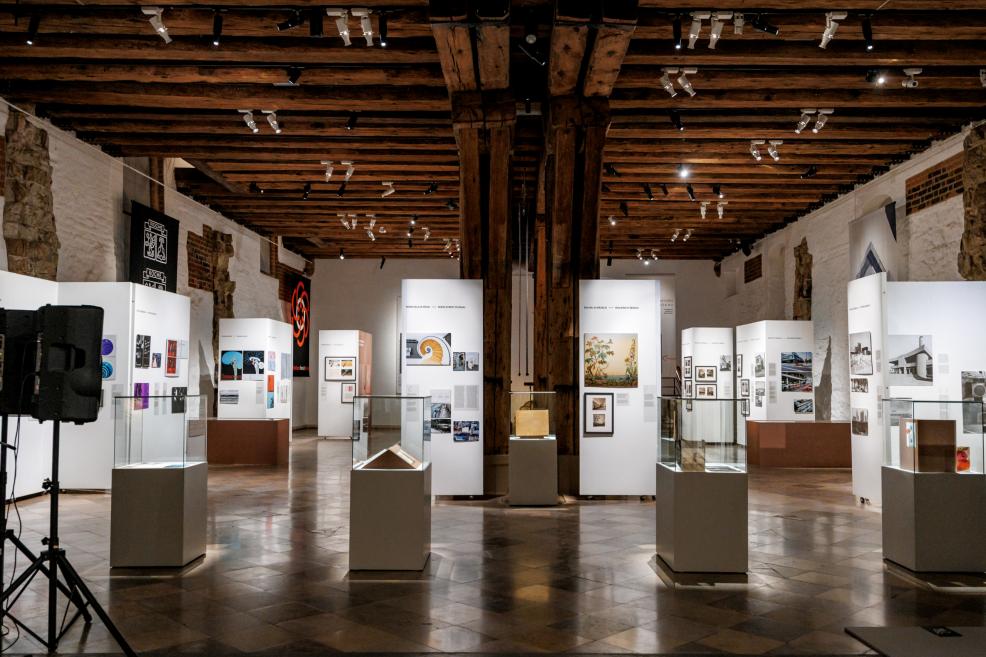
Exhibition “Courage and Care. Architecture and Design: The Roche Vision”. Photo: Kaspars Teilāns
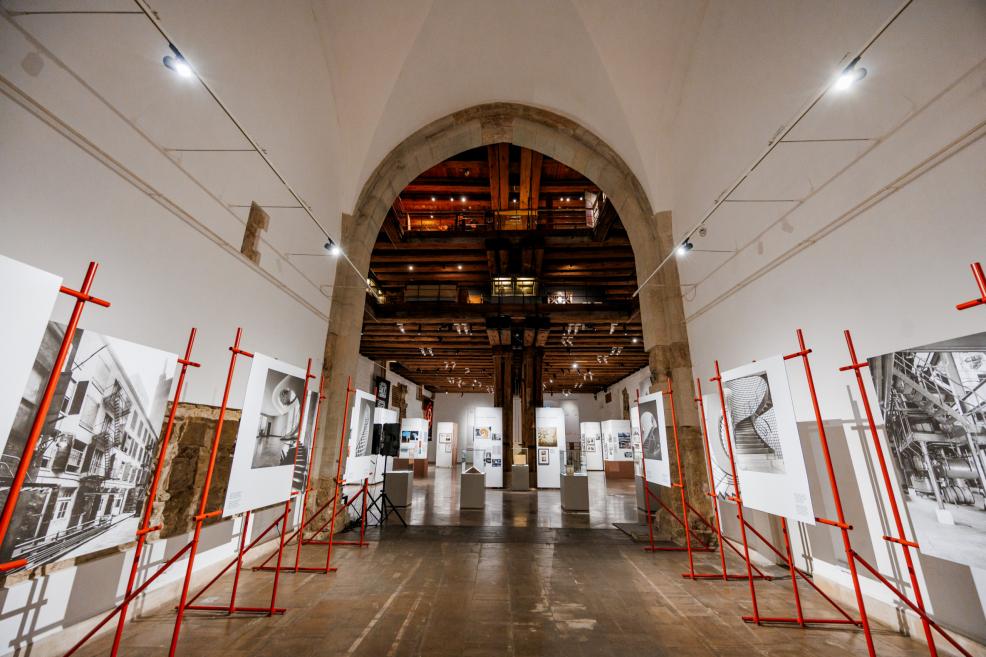
Exhibition “Courage and Care. Architecture and Design: The Roche Vision”. Photo: Kaspars Teilāns
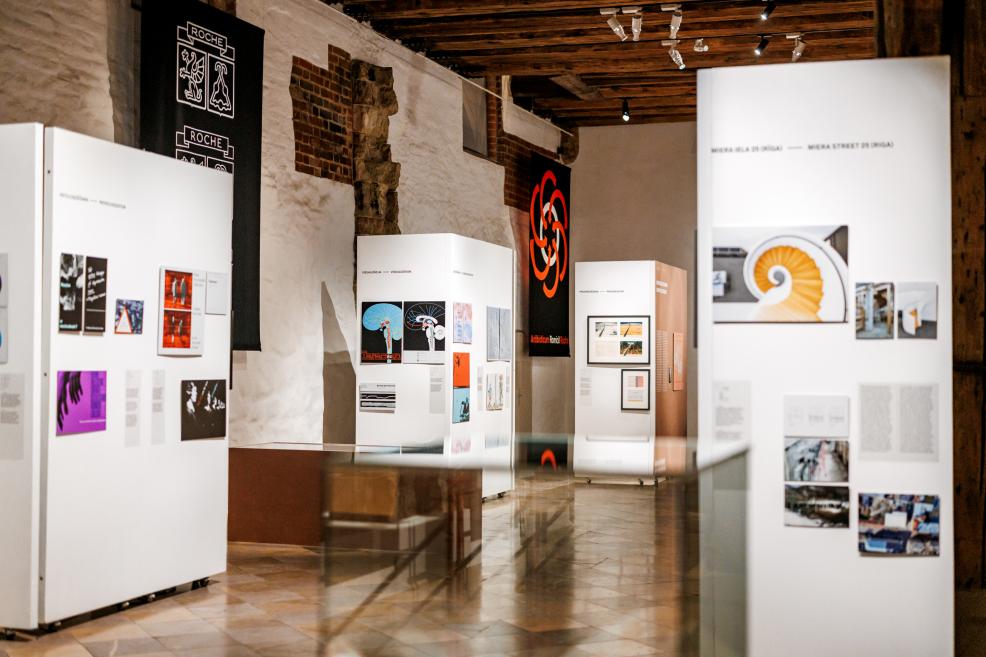
Exhibition “Courage and Care. Architecture and Design: The Roche Vision”. Photo: Kaspars Teilāns
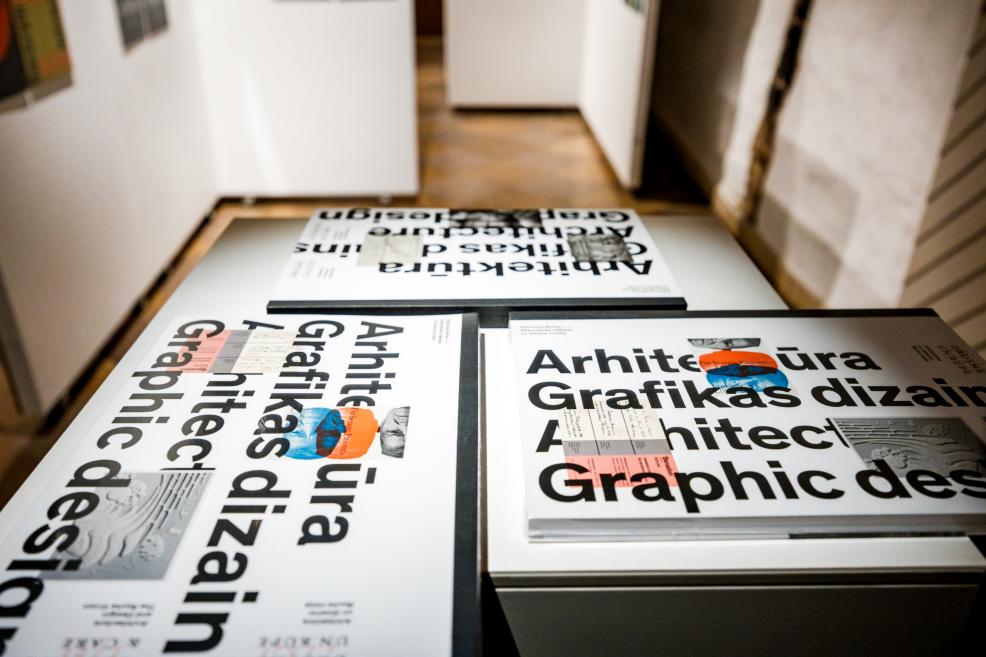
Exhibition “Courage and Care. Architecture and Design: The Roche Vision”. Photo: Kaspars Teilāns
Another important aspect of the exhibition is Roche’s inventive approach to the graphic design of its products. How can visual means convey the effectiveness of medicines? The information sheets created between the 1930s and 1970s feature powerful metaphors, a variety of artistic techniques and original high-quality printing. They vividly reveal the evolution of graphic design in the 20th century.
Several designers have worked as leading artists in the company’s Graphic Design Department, including Max Breitschmid (1911–1970) and Theo Ballmer (1902–1965). Of special note is the legendary Jan Tschichold (1902–1974) – a pioneer of photomontage, typographer and book designer, an inspirer for the Bauhaus, who played an invaluable role in the development of the 20th-century graphic design.
The museum is grateful for the co-operation with the Roche Historical Collection and Archive in Basel and SIA
Roche Latvija in gathering valuable evidence of the 20th-century architecture and design. This shows how one of the leading pharmaceutical companies has maintained its commitment to Modernism, rational architecture and expressive design throughout the ages, as demonstrated by the most striking examples of Roche buildings in Basel, Latvia and the world, as well as the informative publications created by Roche’s Graphic Design Department.
The exhibition is accompanied by an extensive programme of events, in which design, architecture and history researchers will provide in-depth insight into the topics raised, in different aspects highlighting the diversity and importance of the Roche collection in contemporary context.


